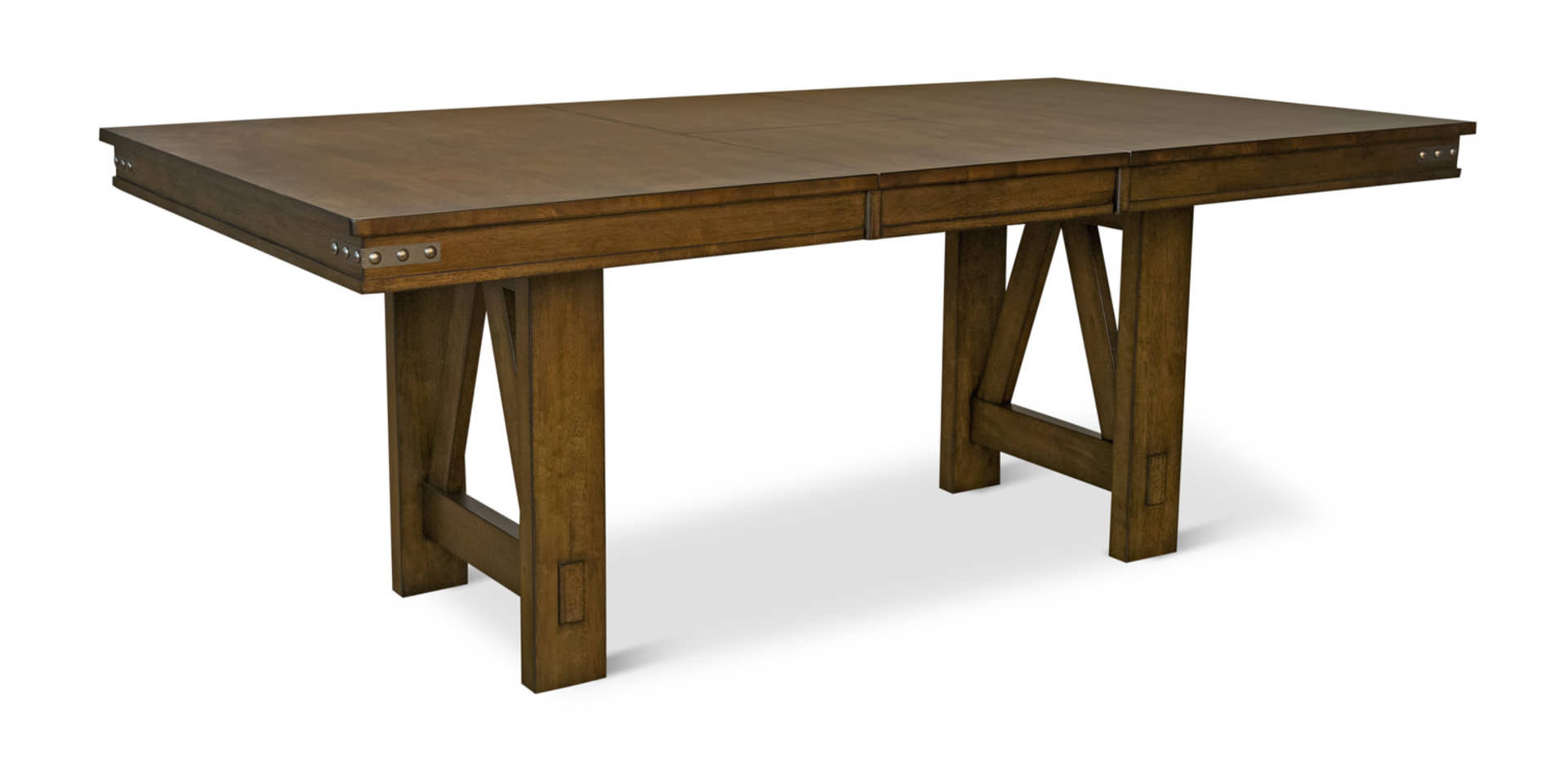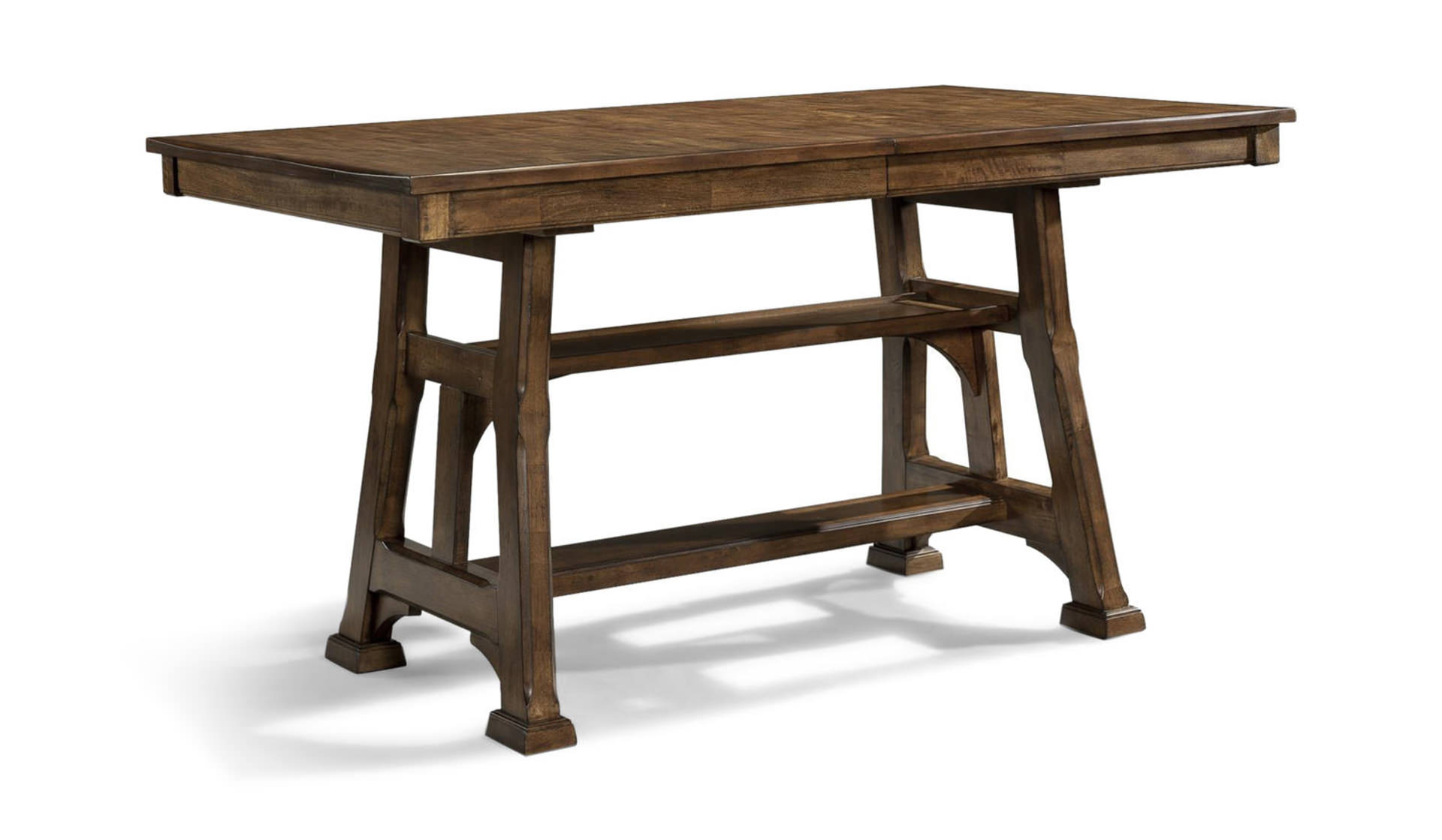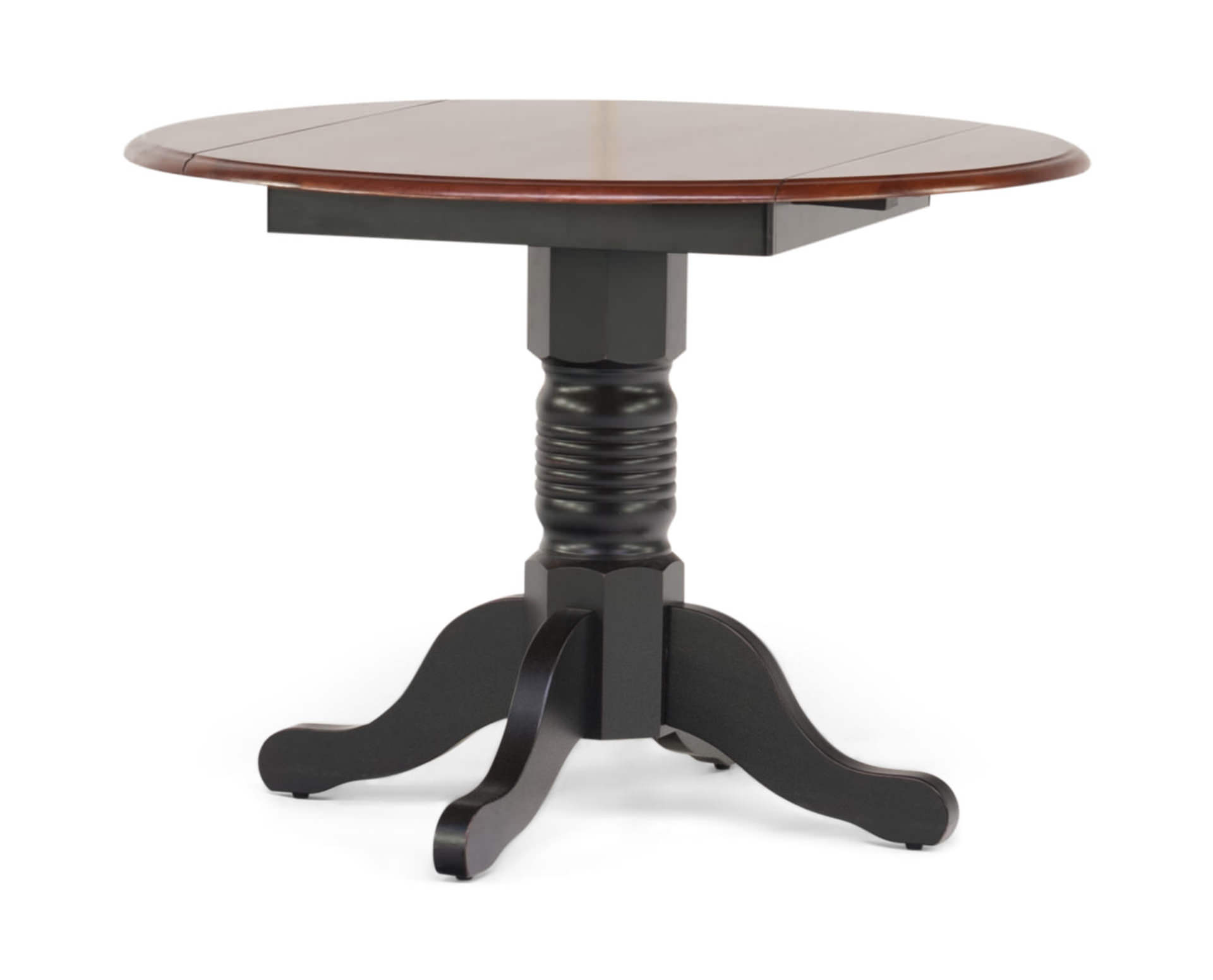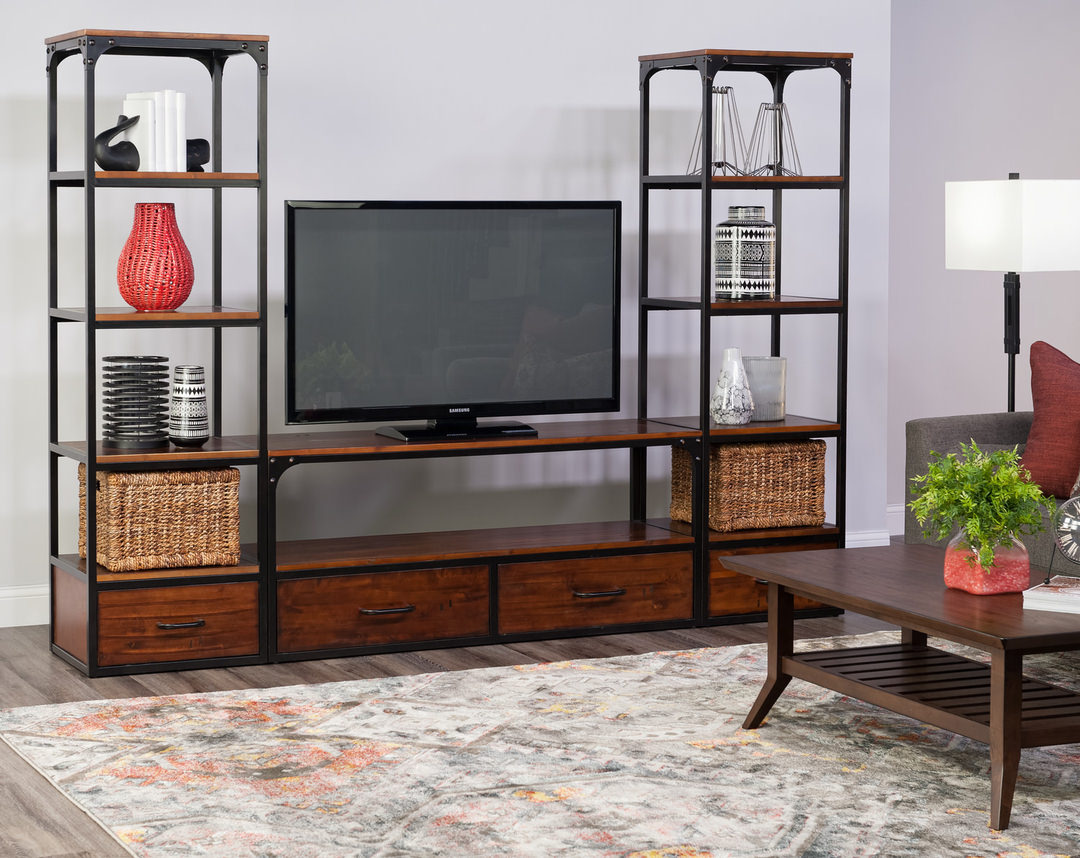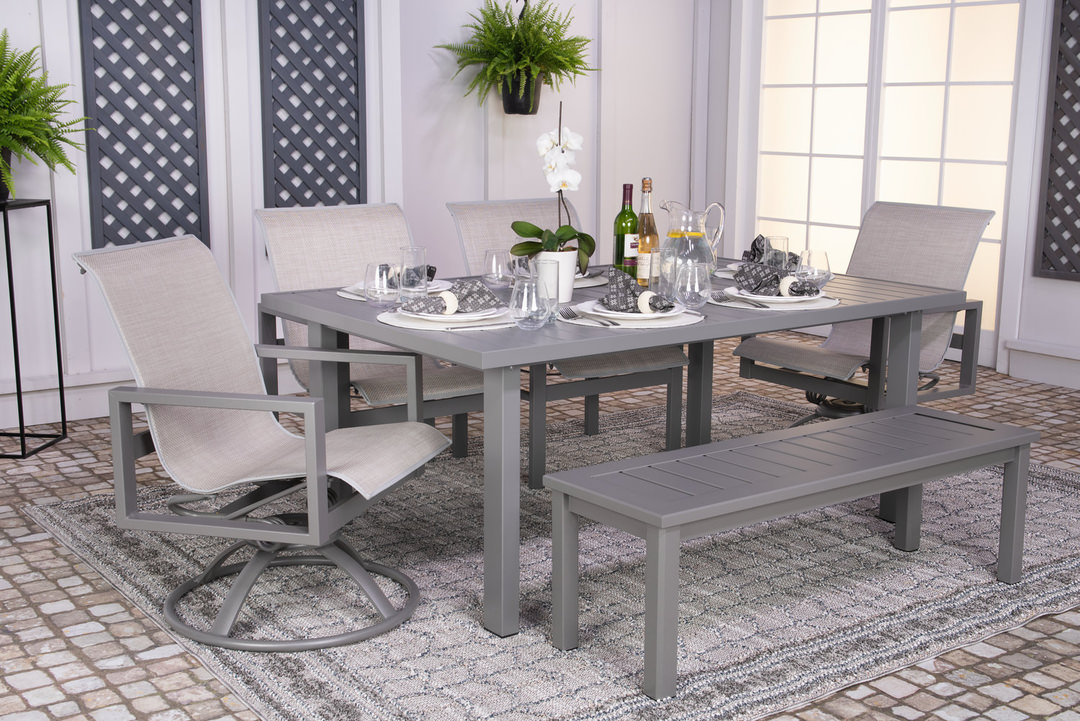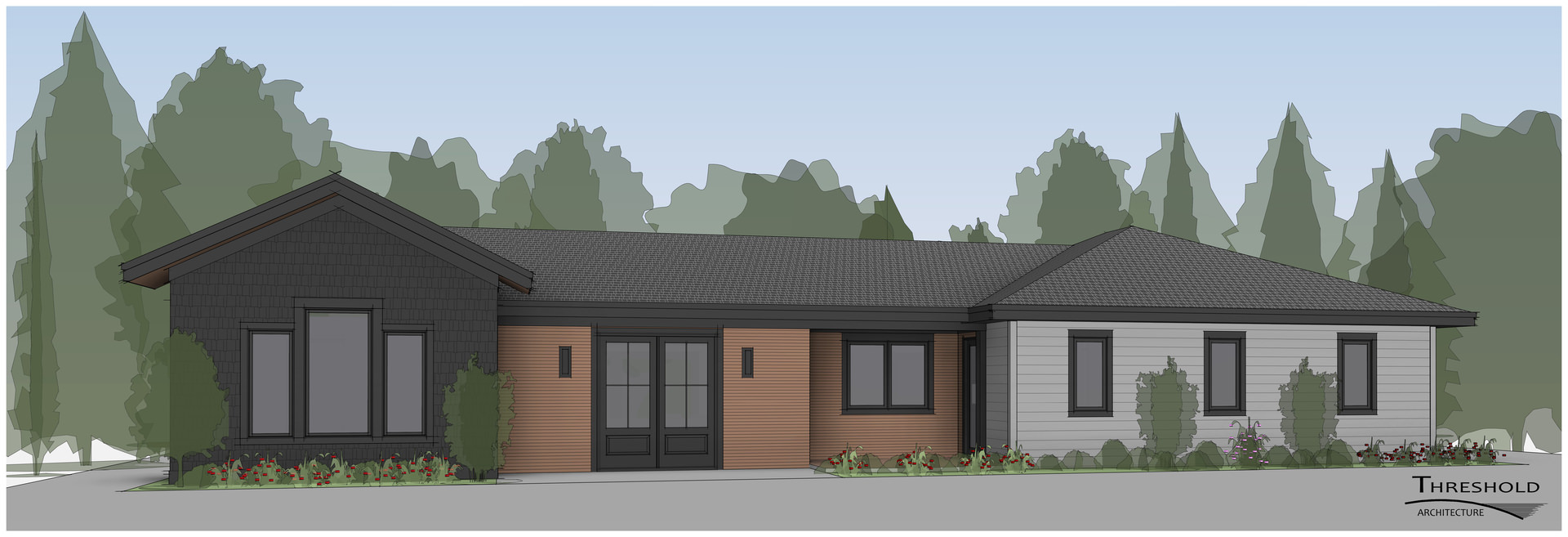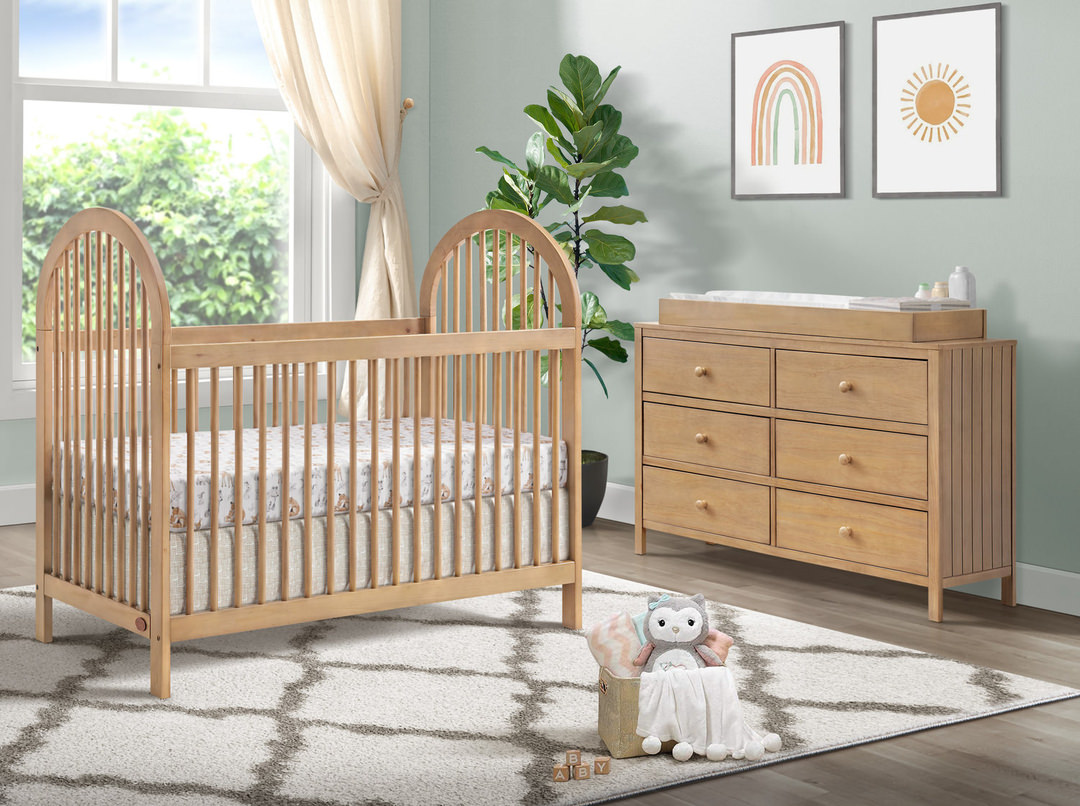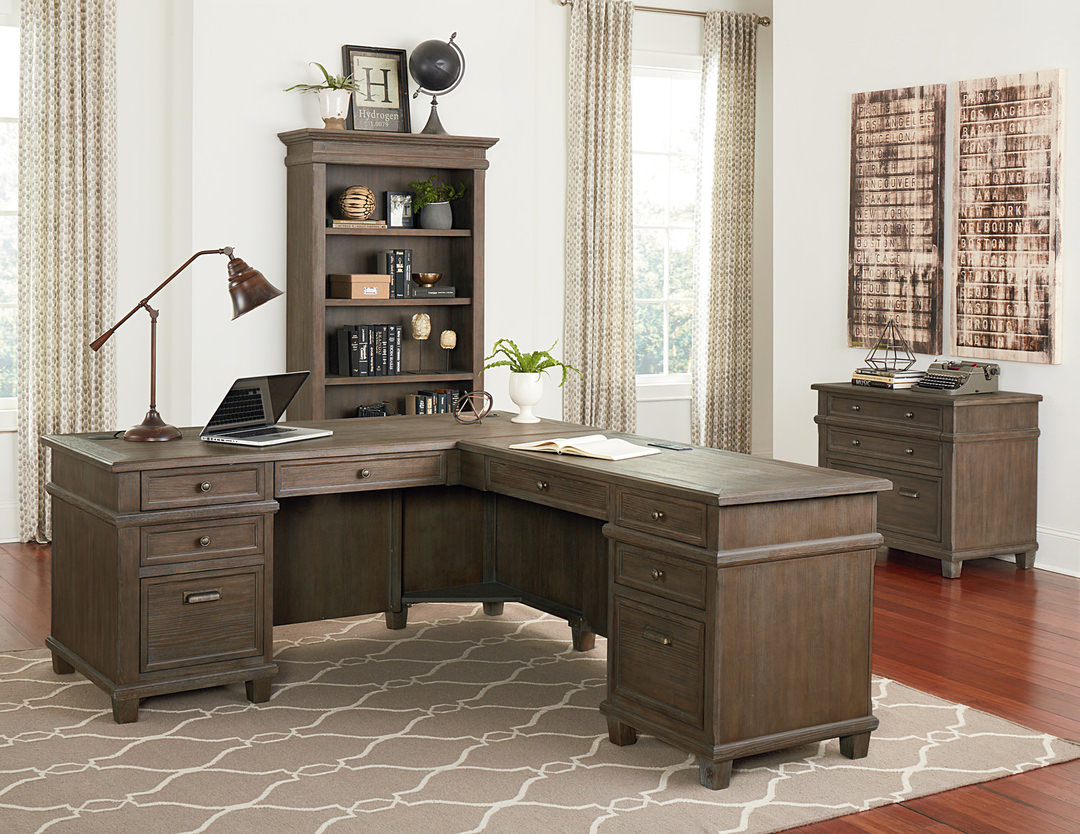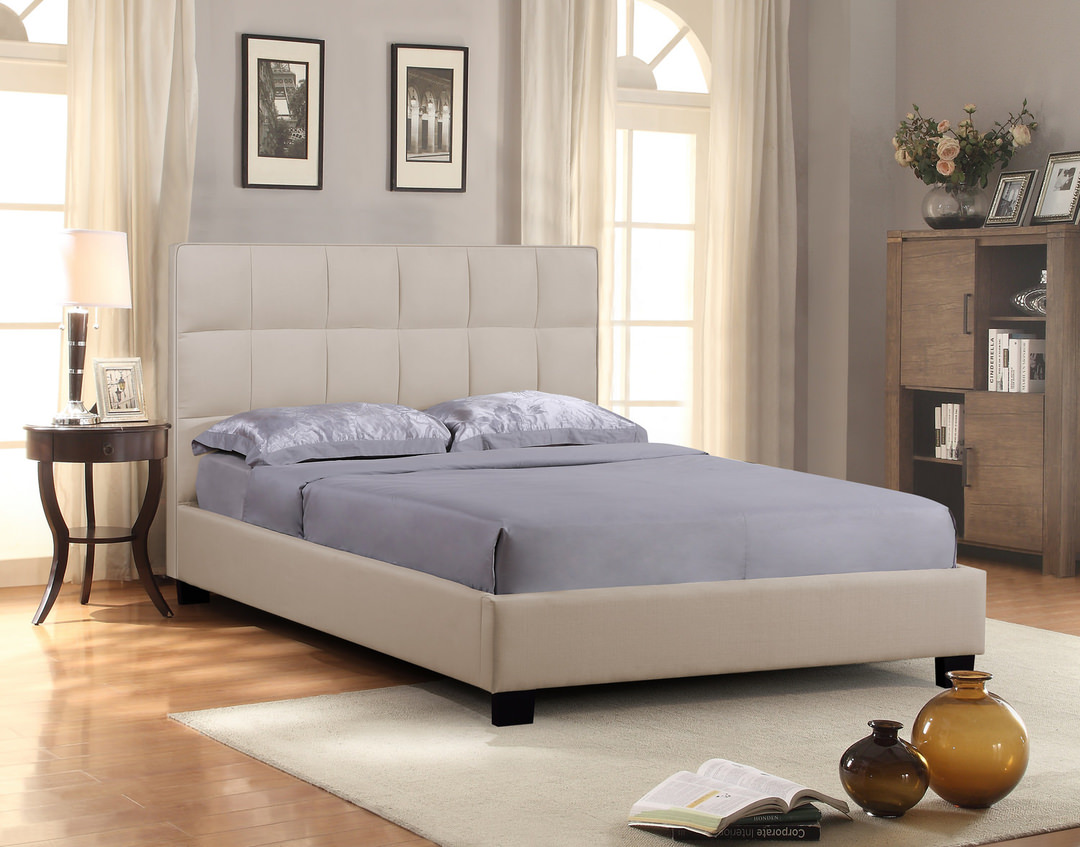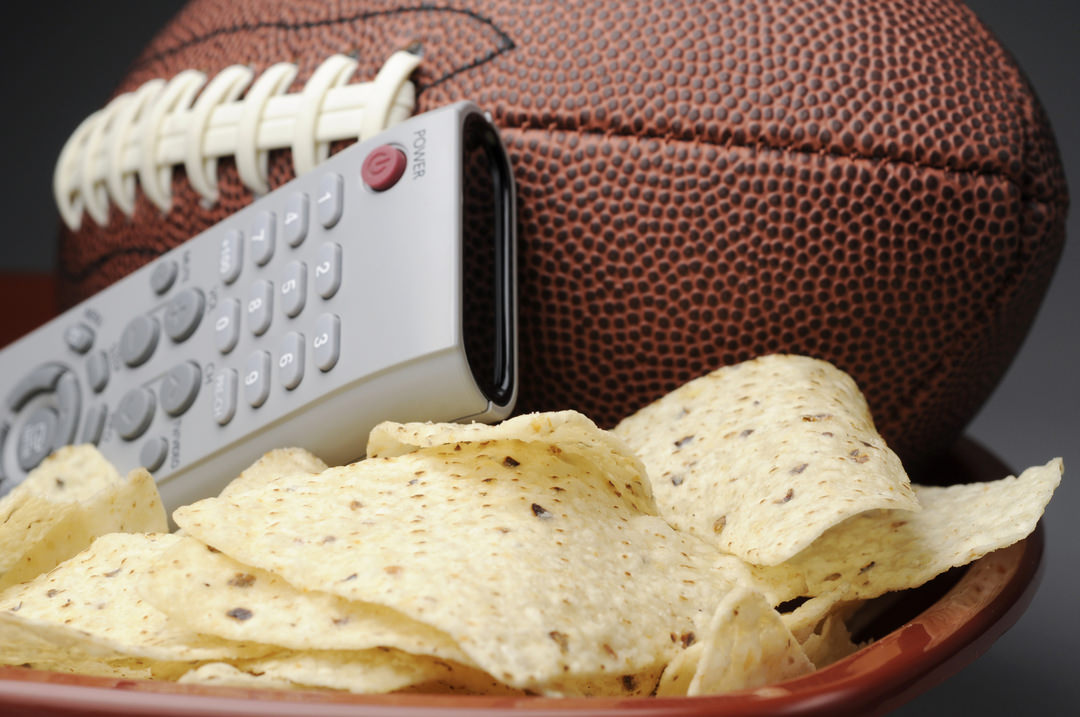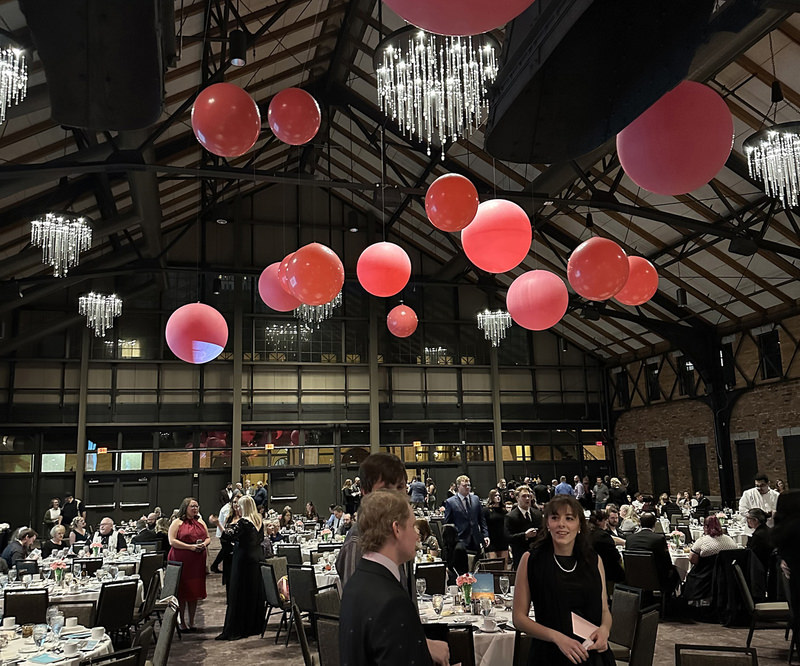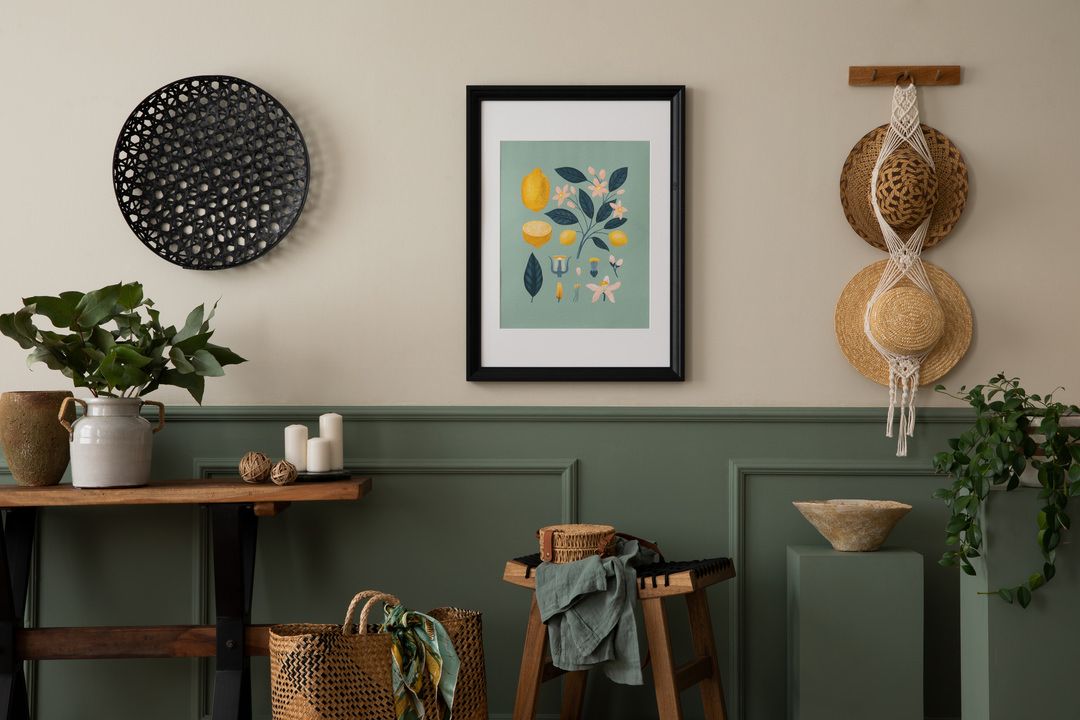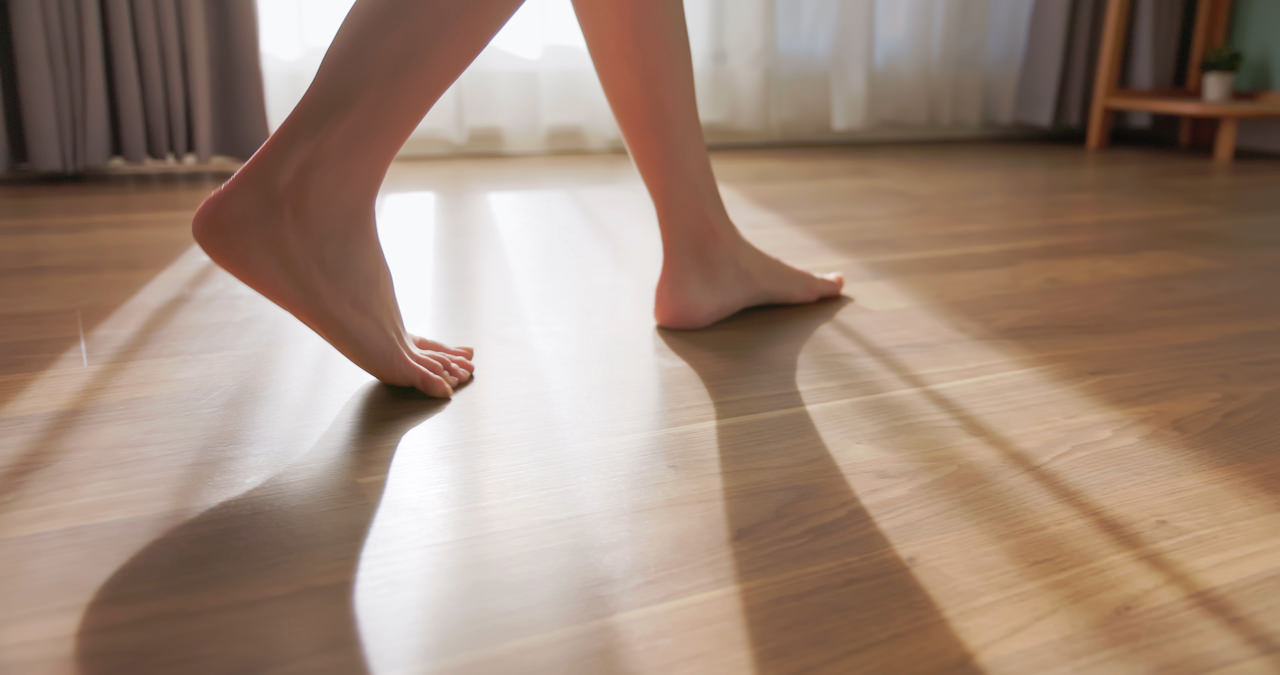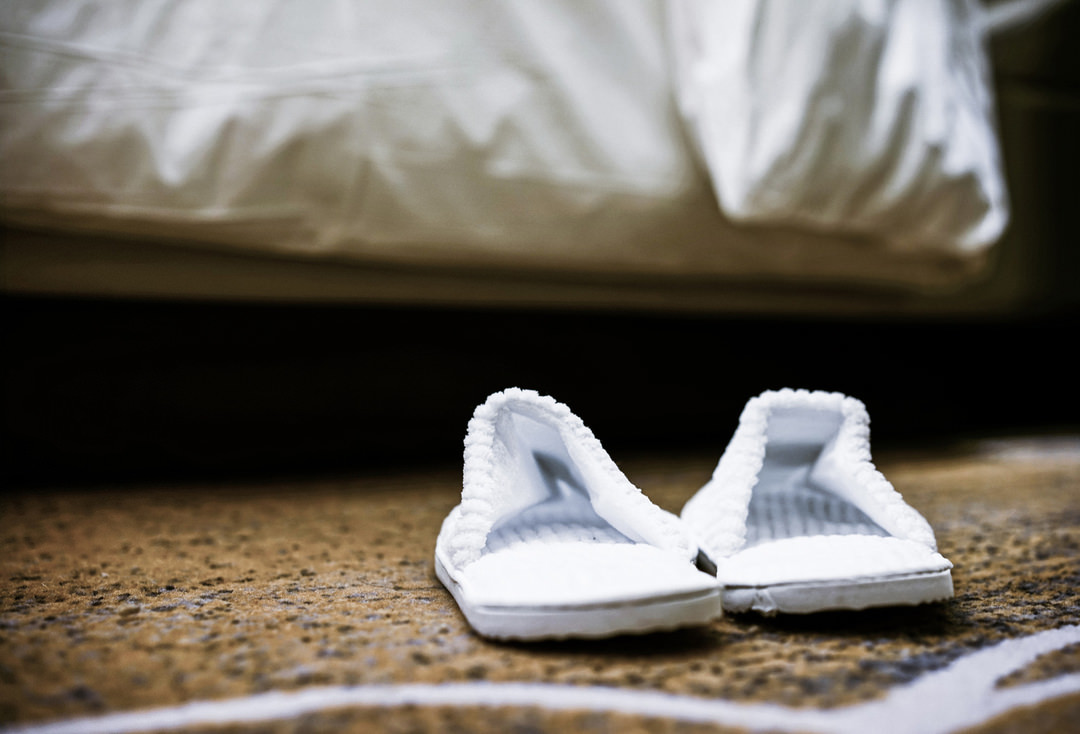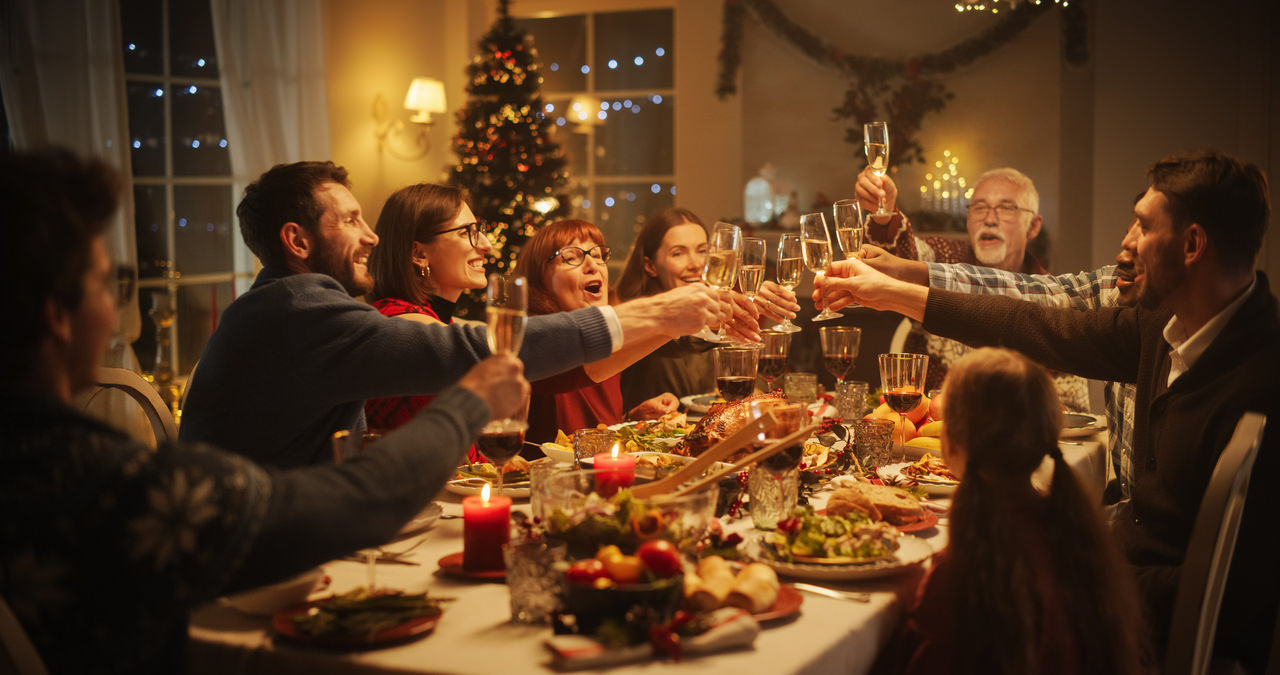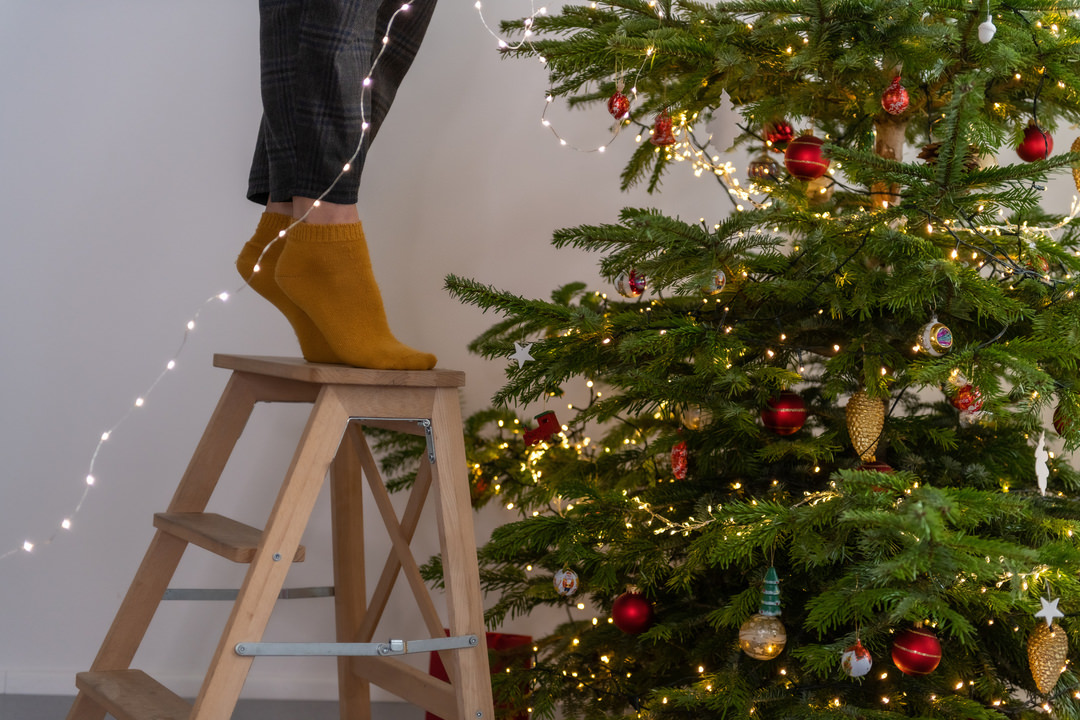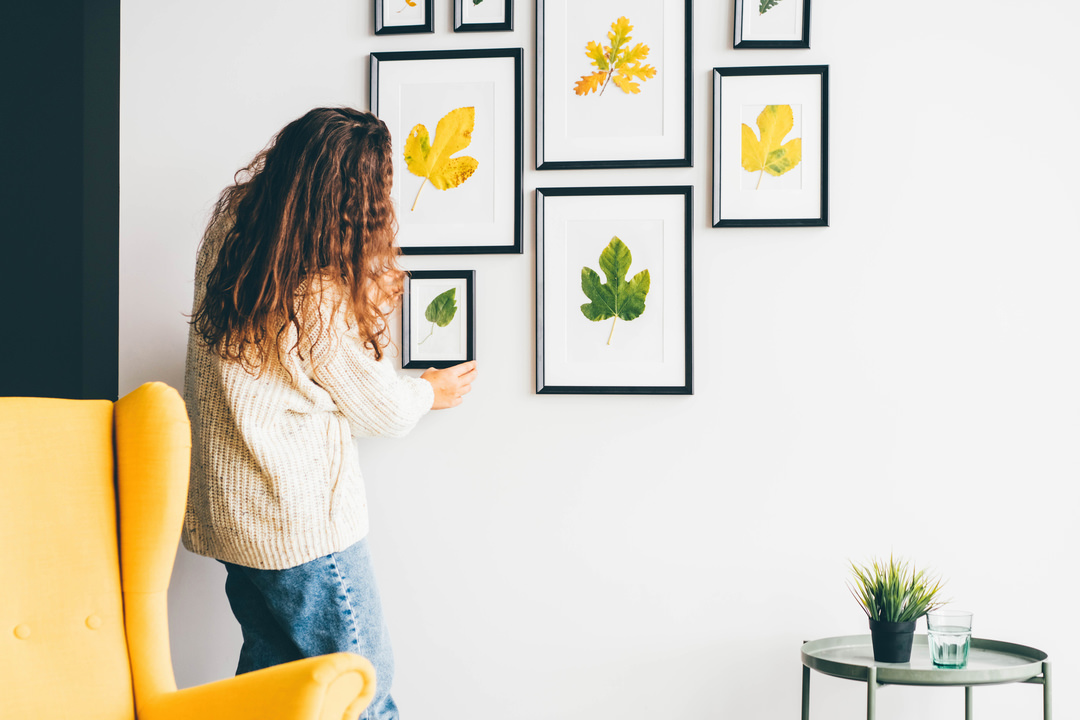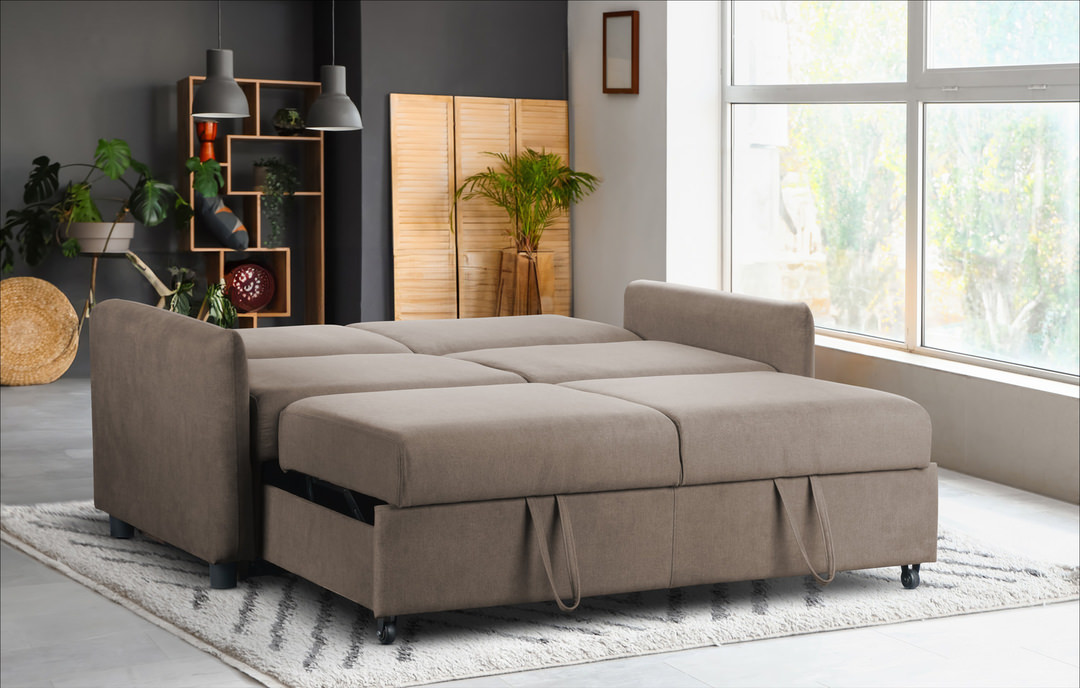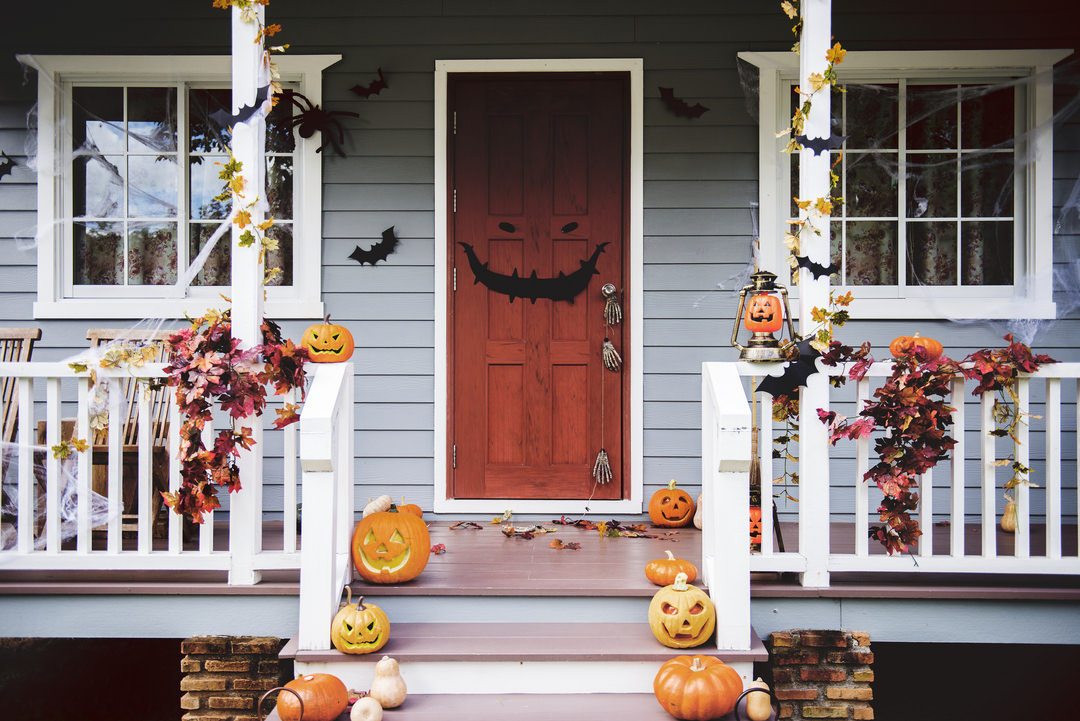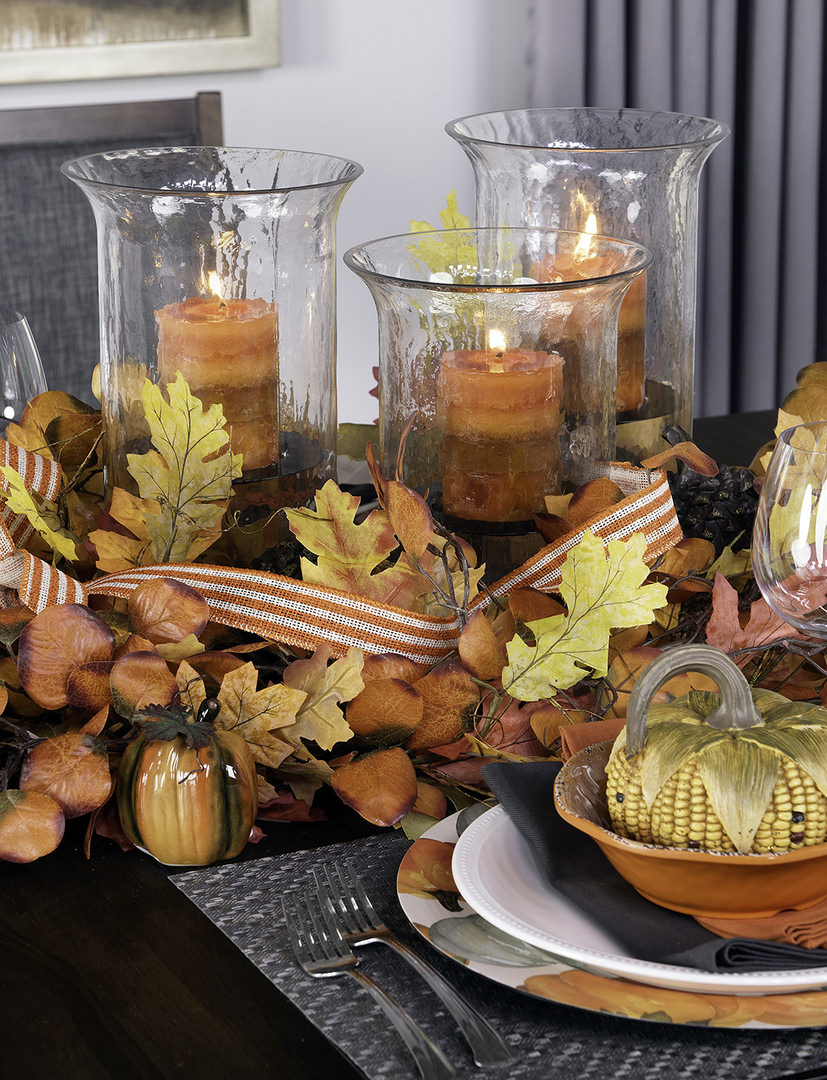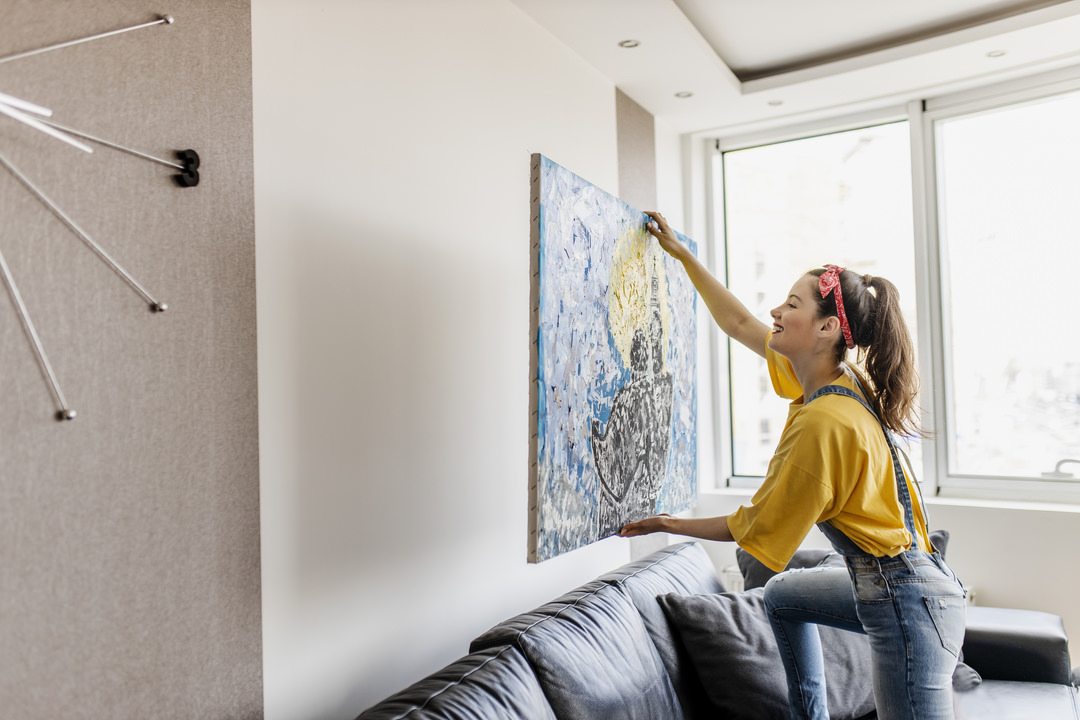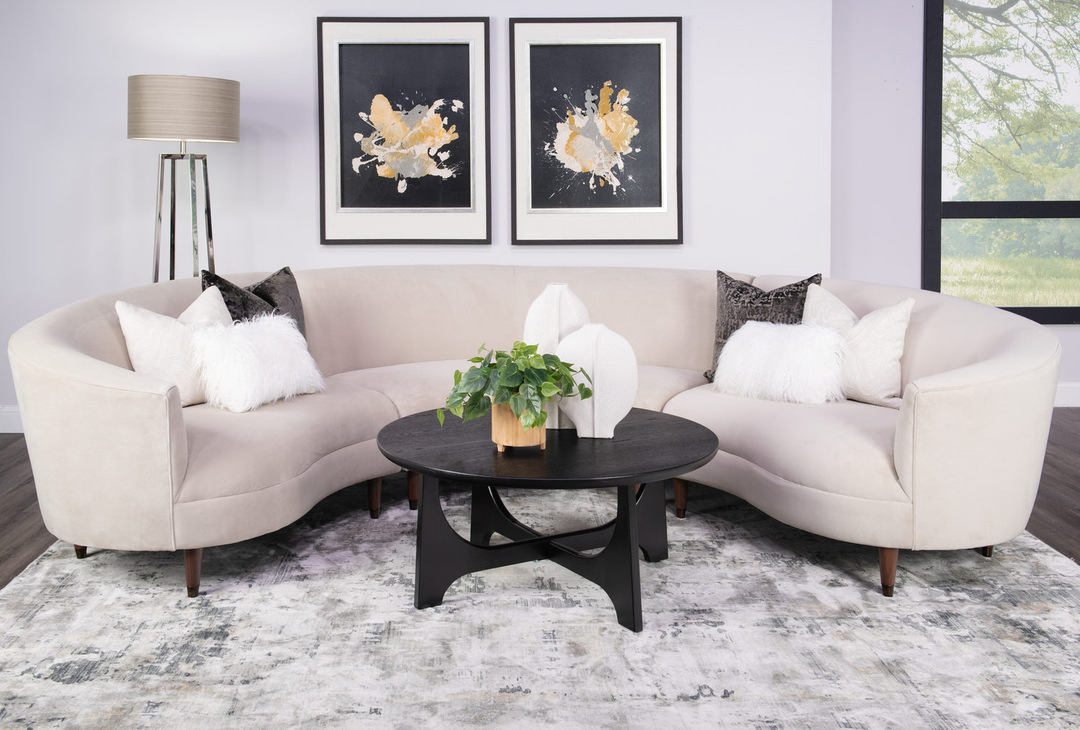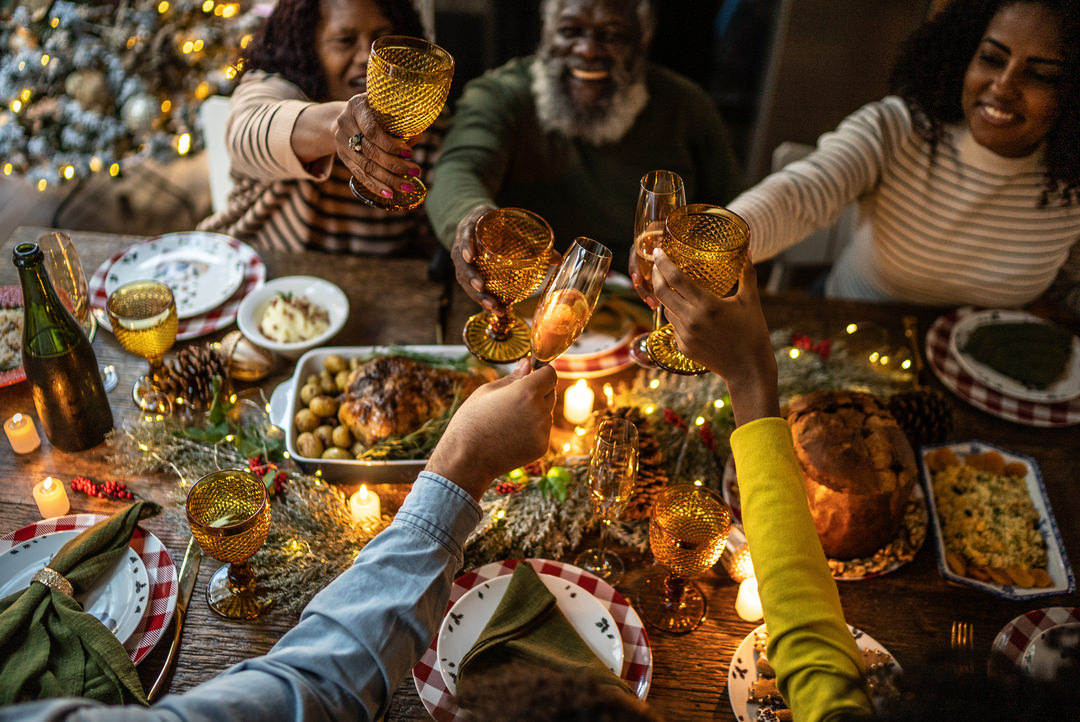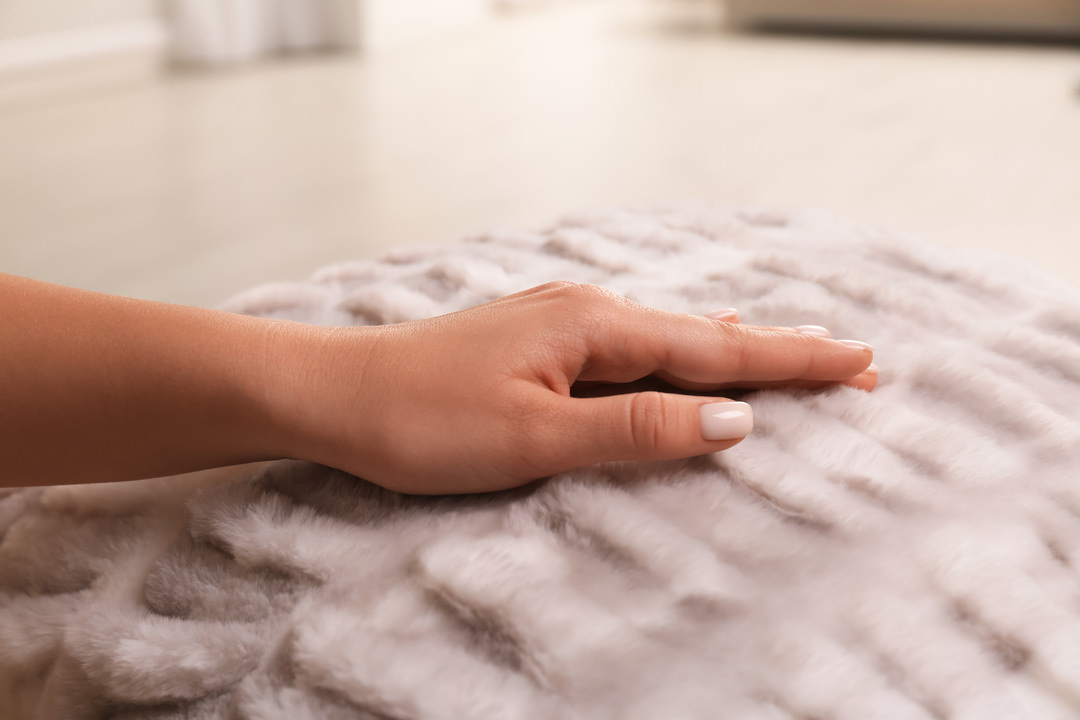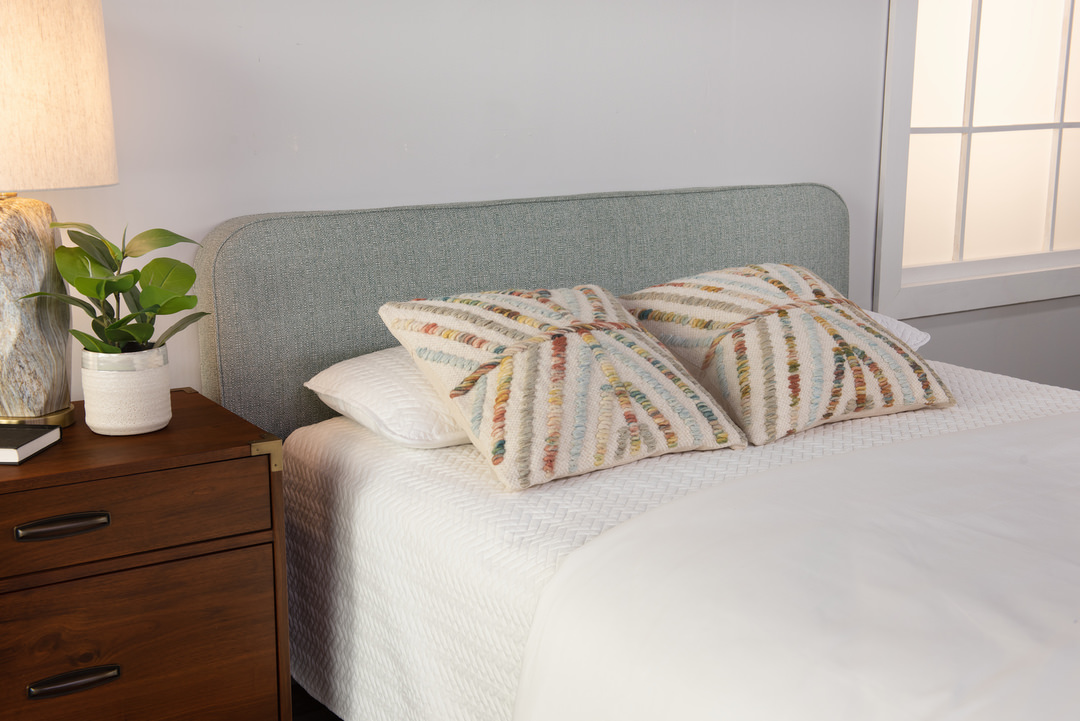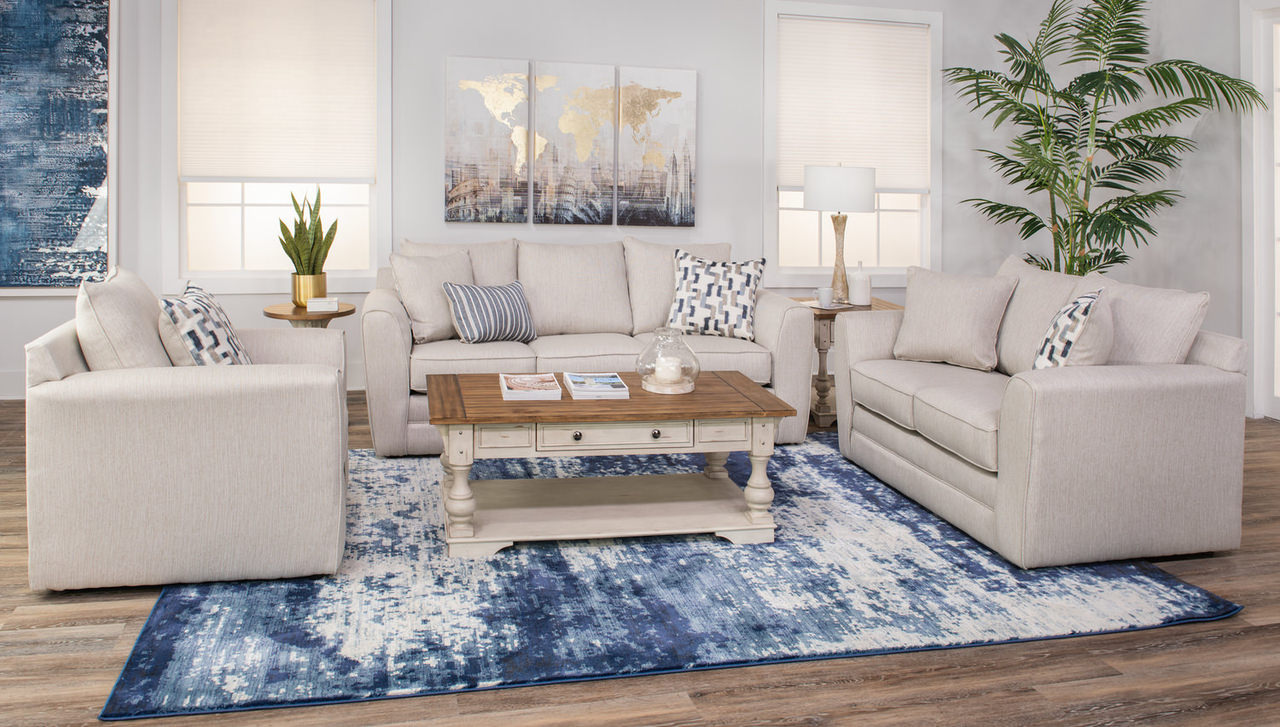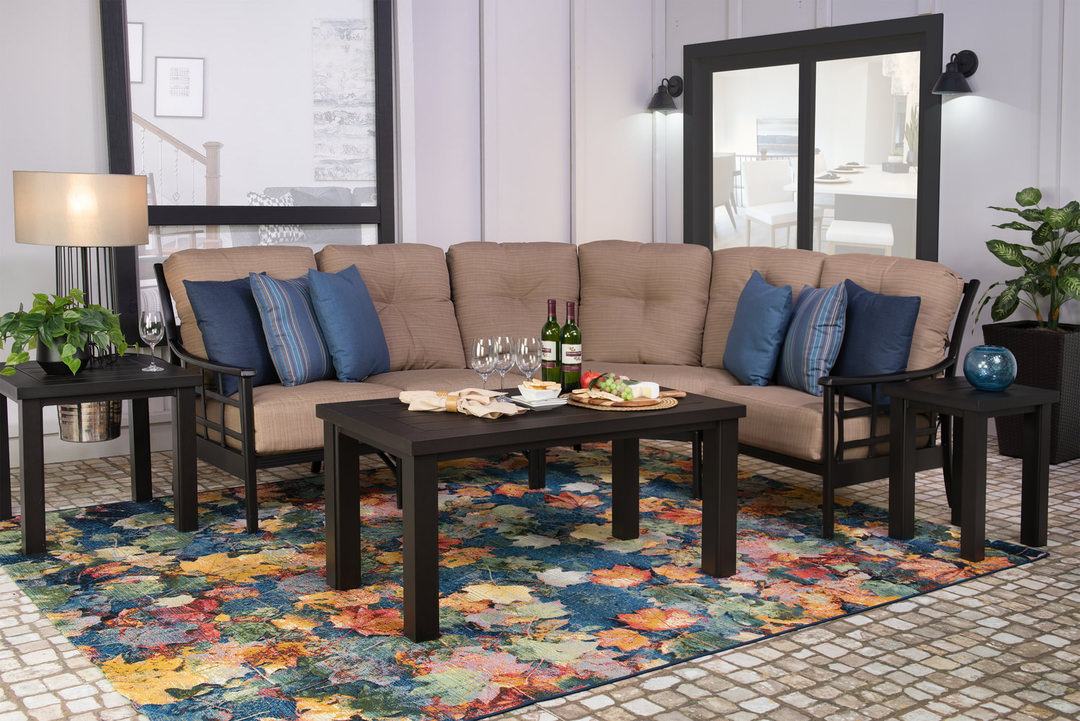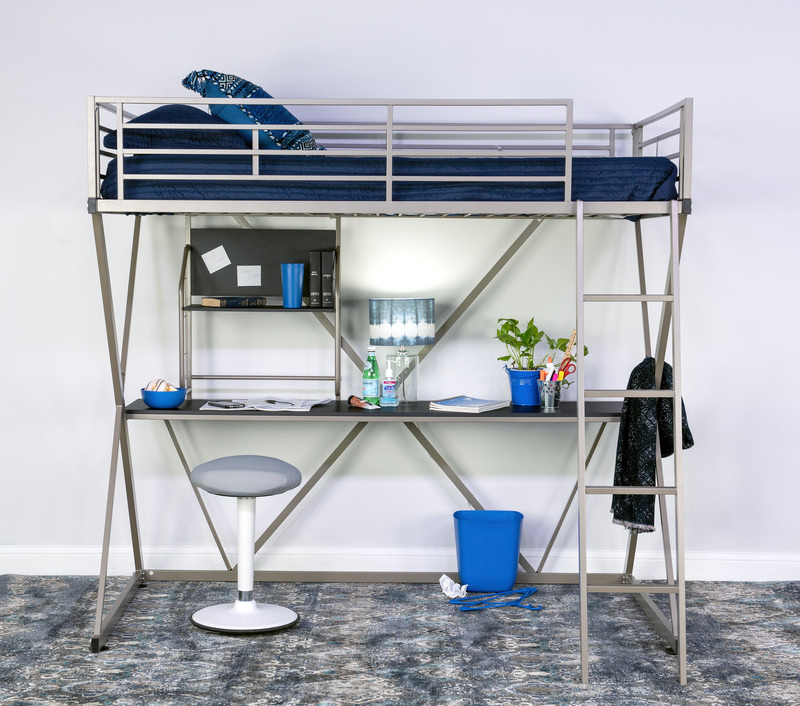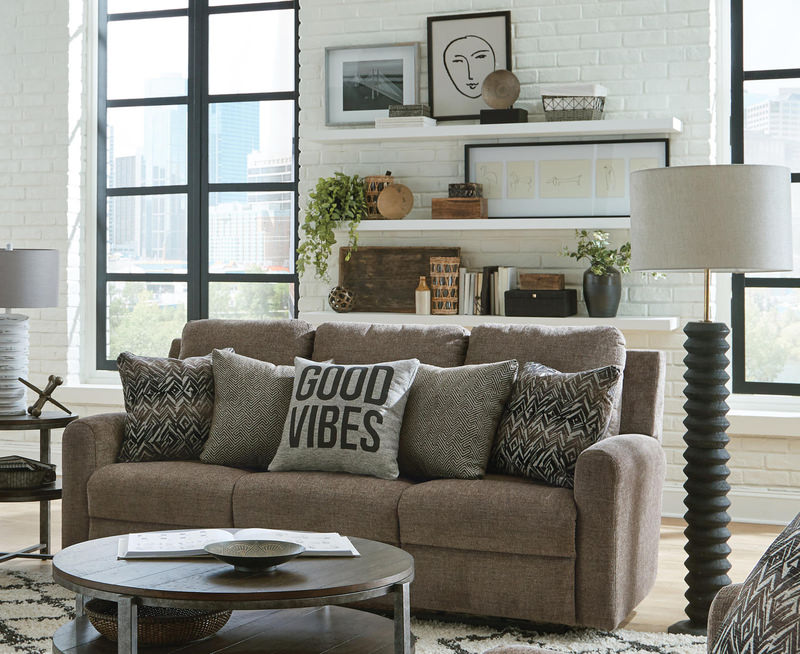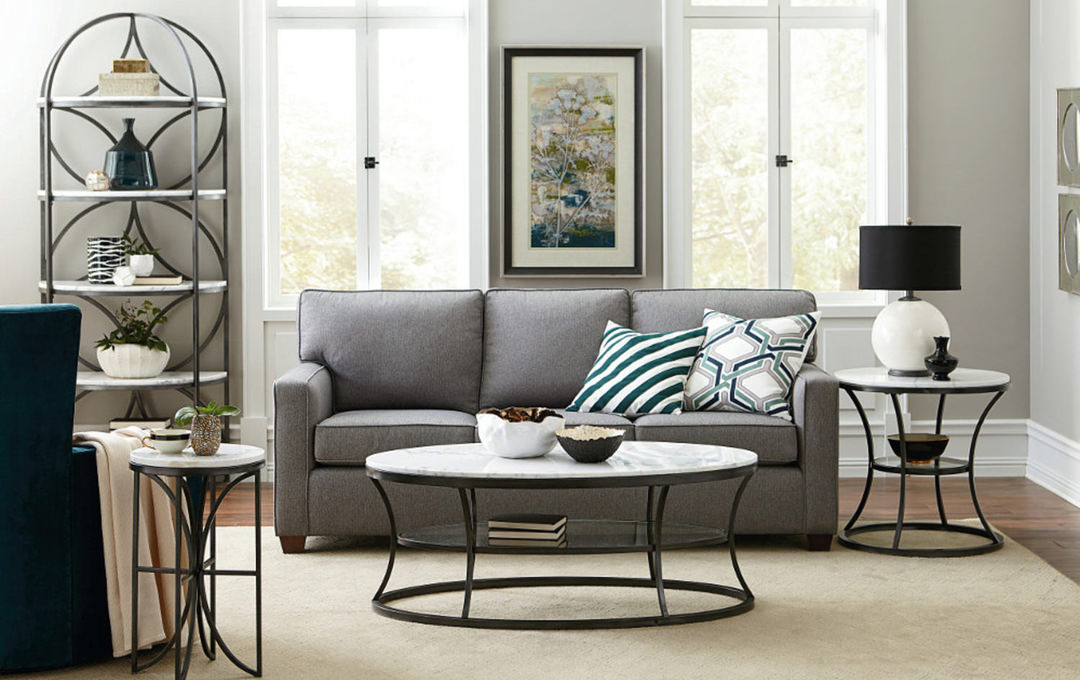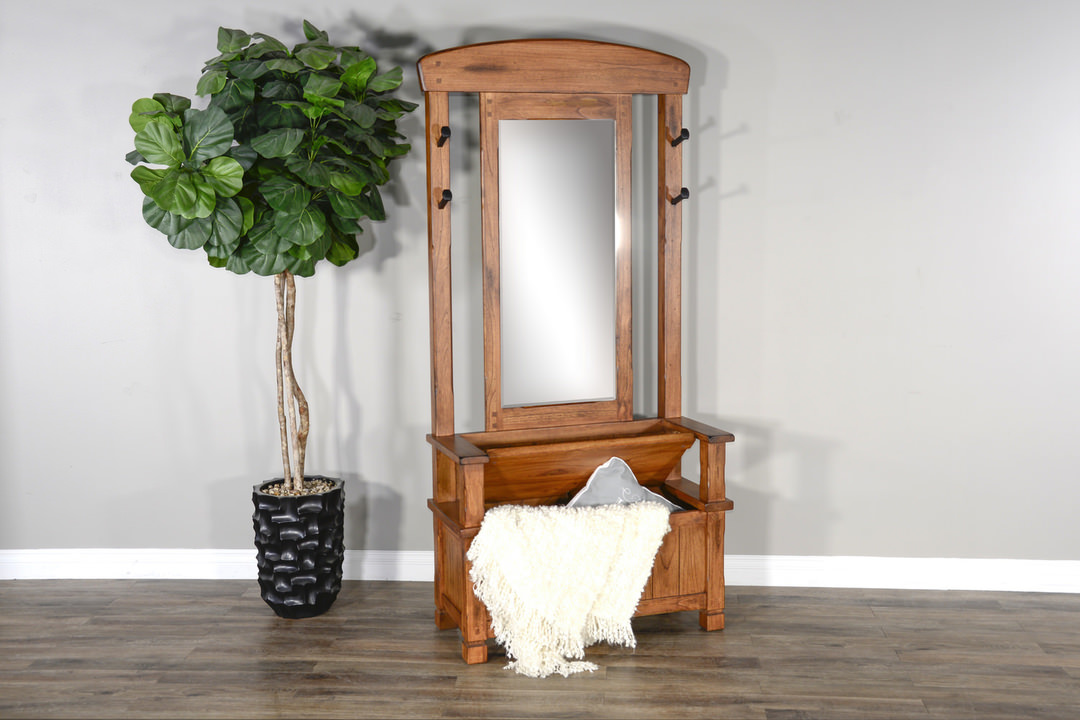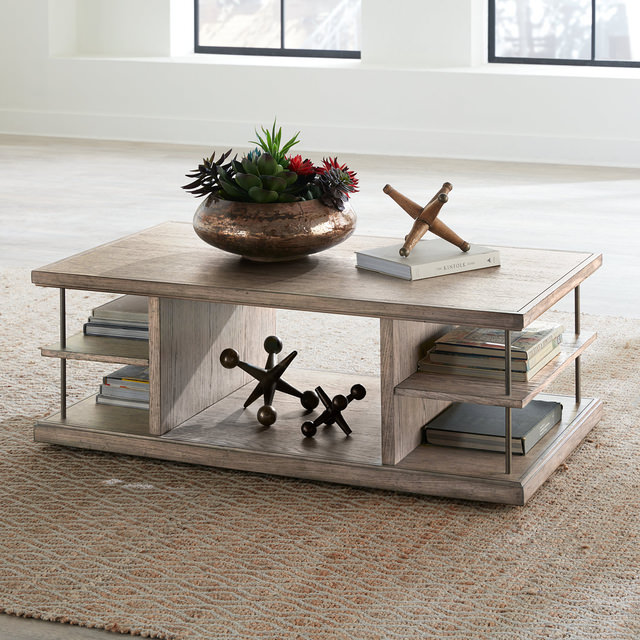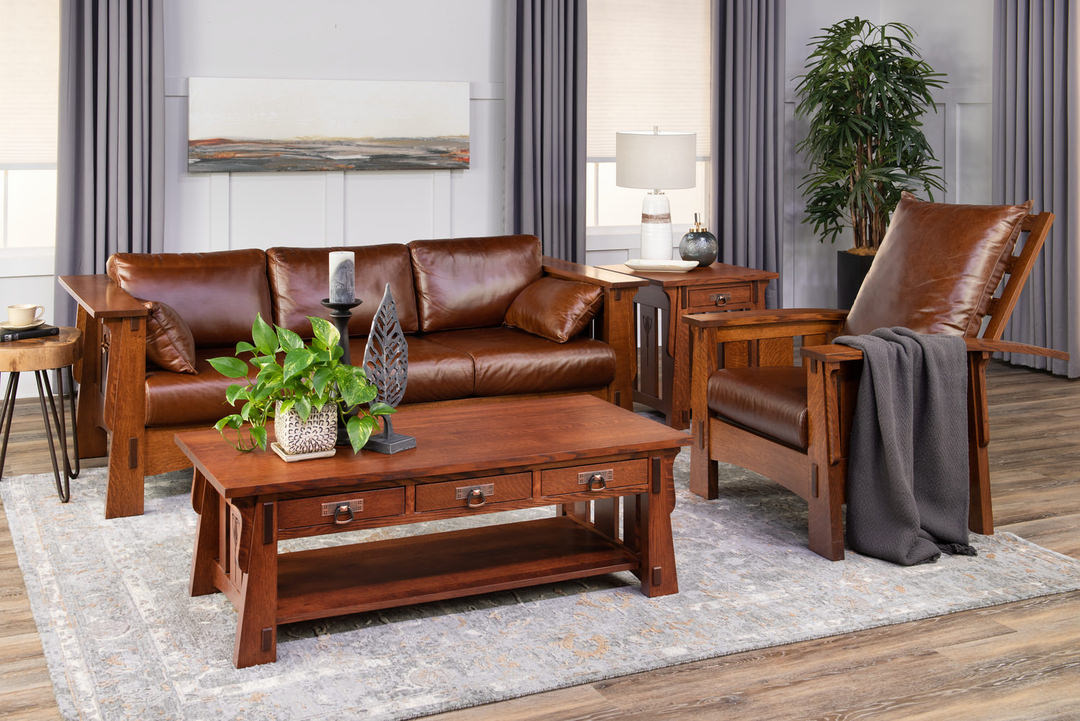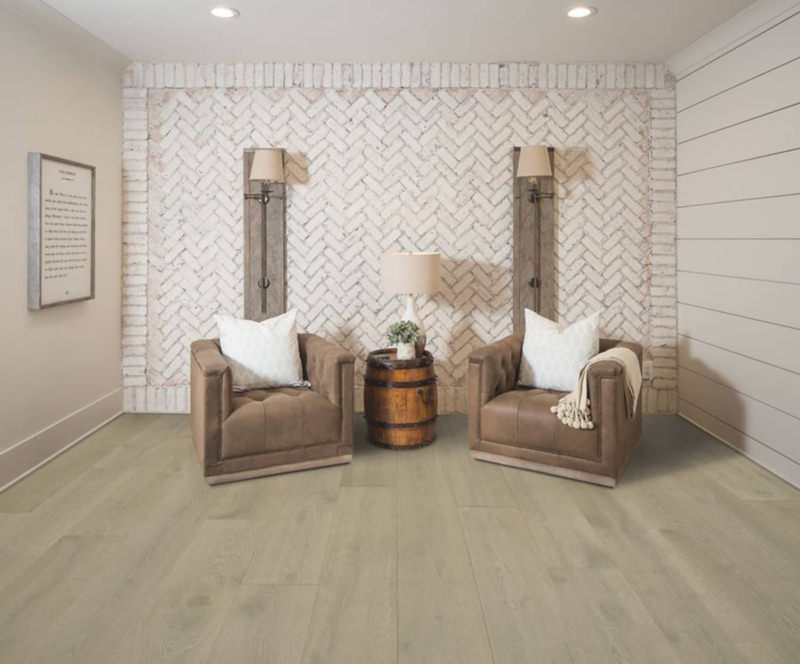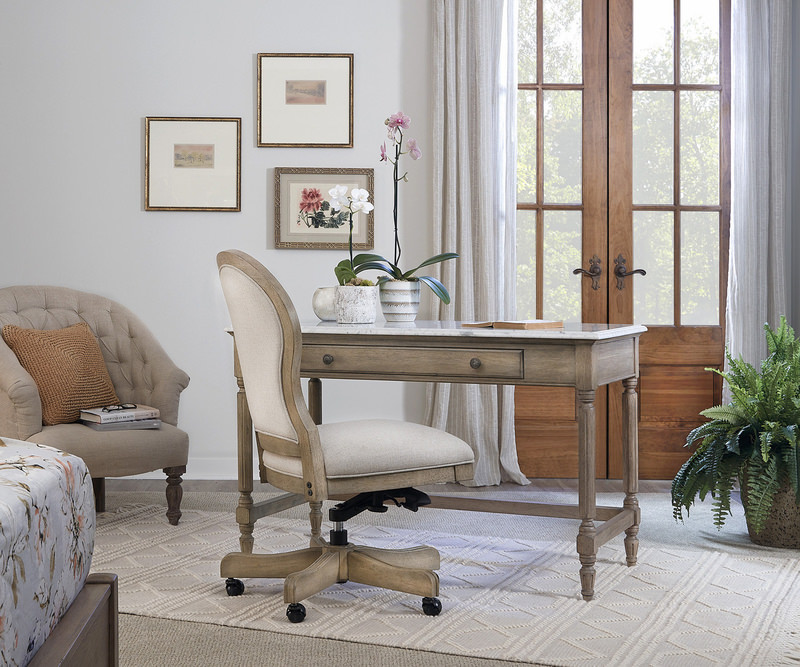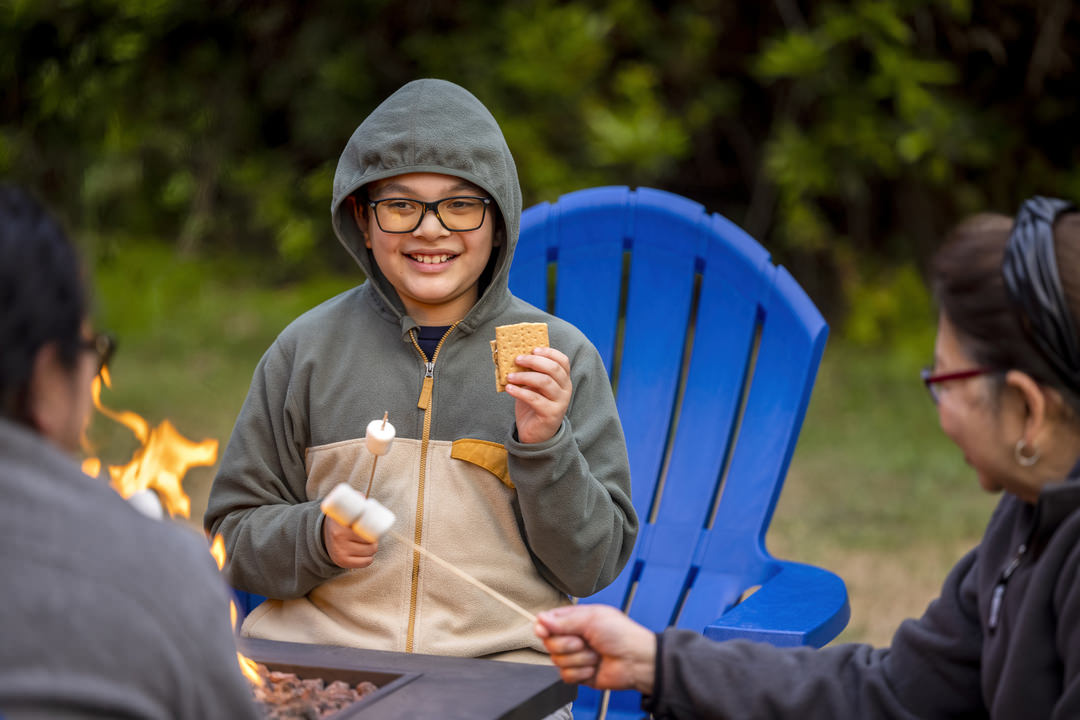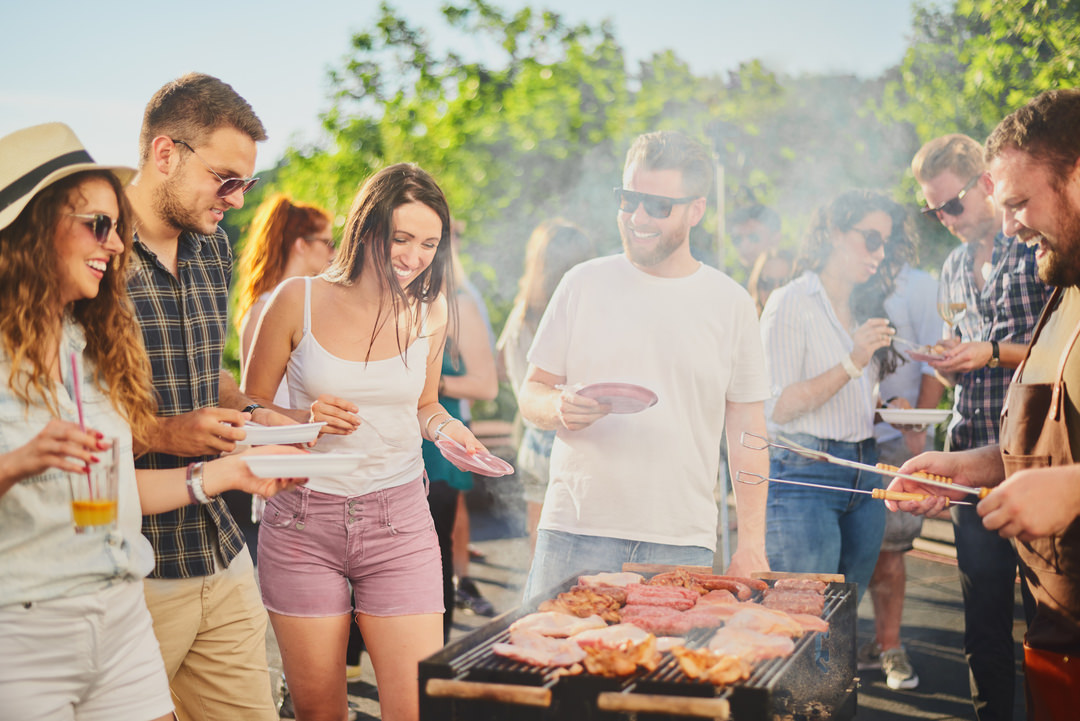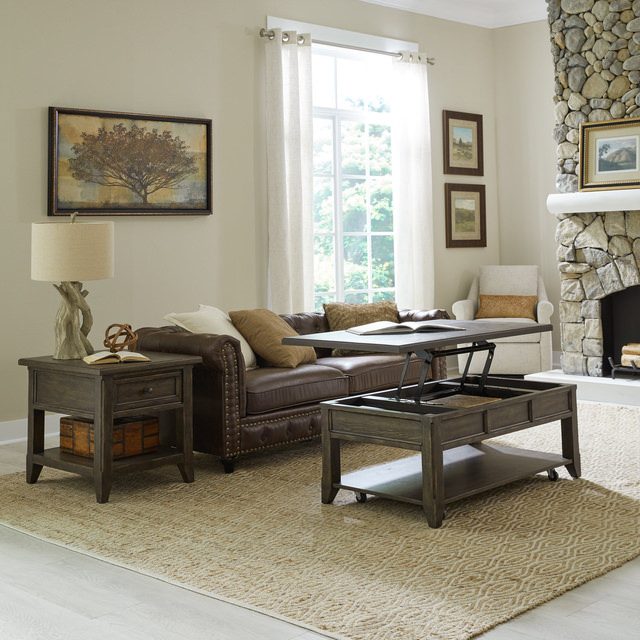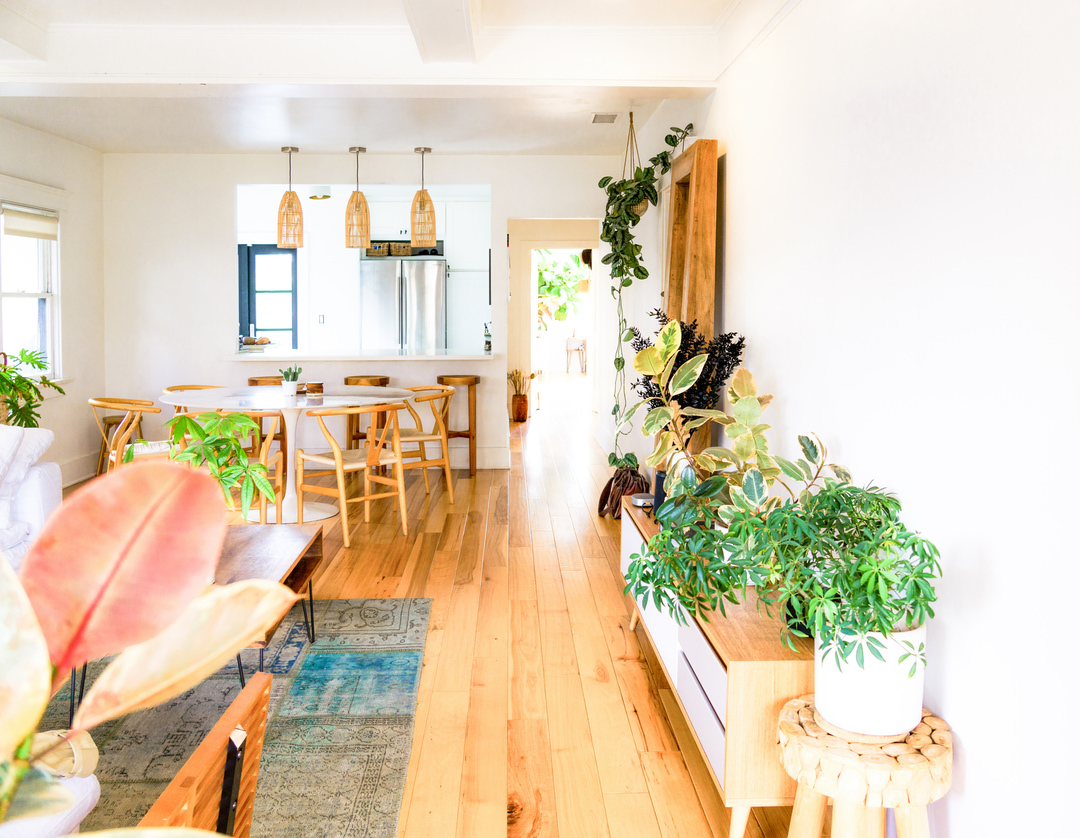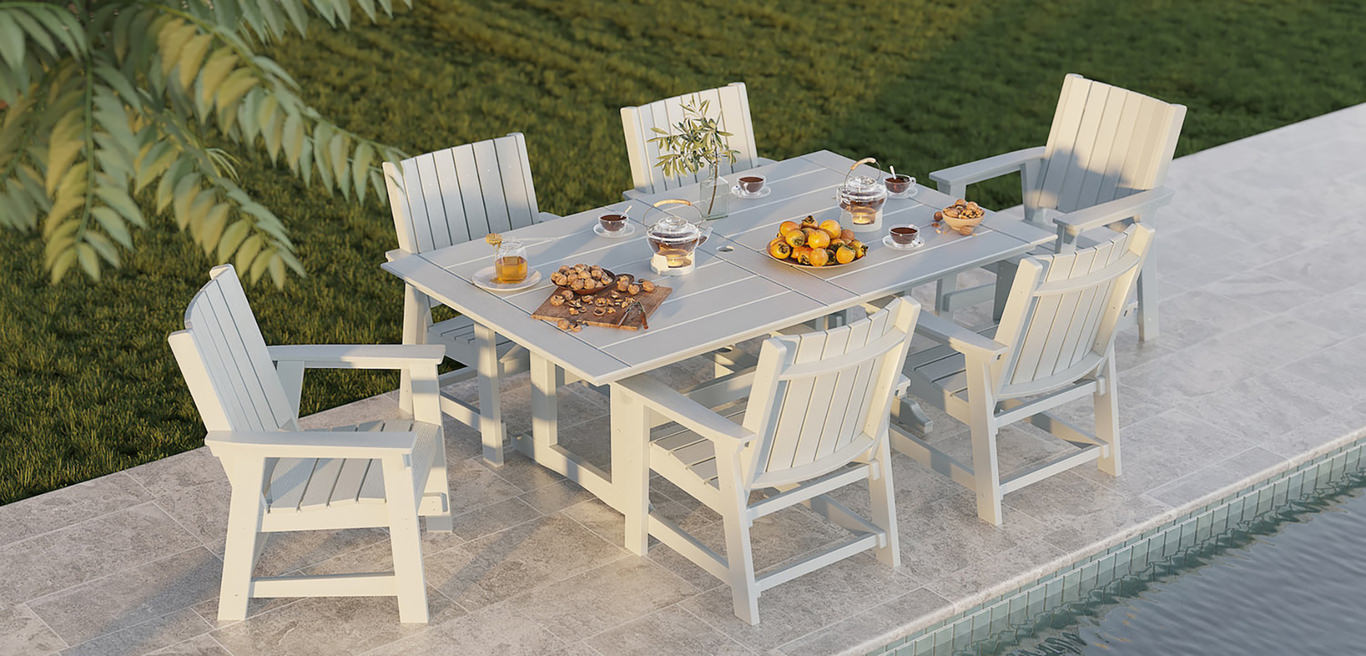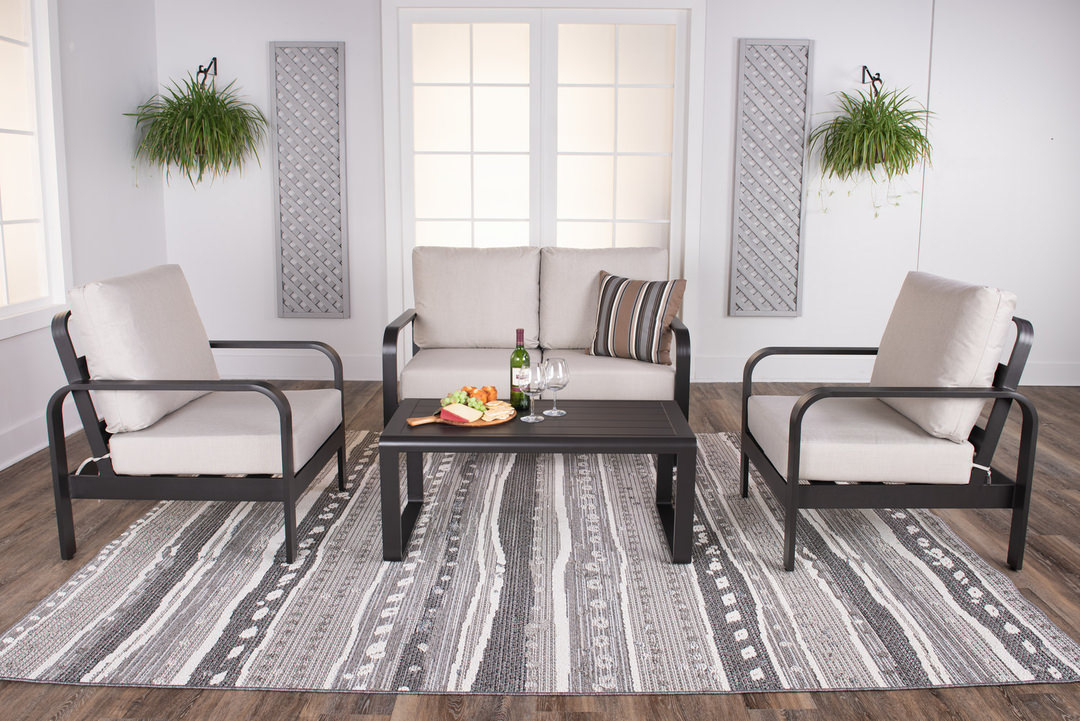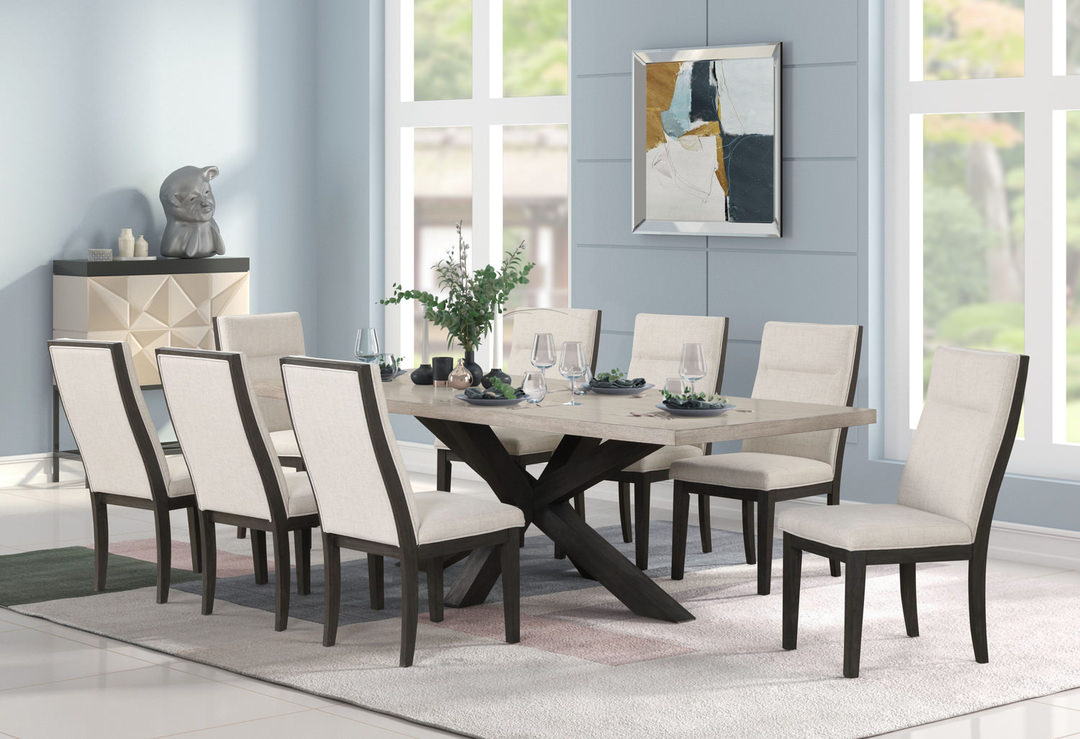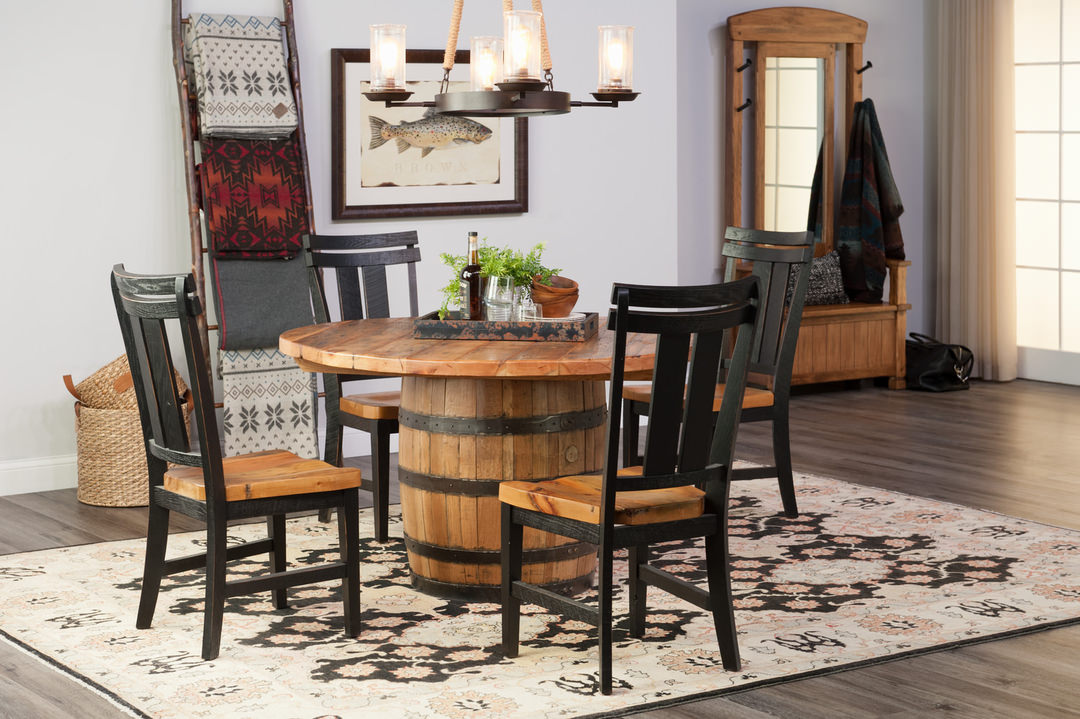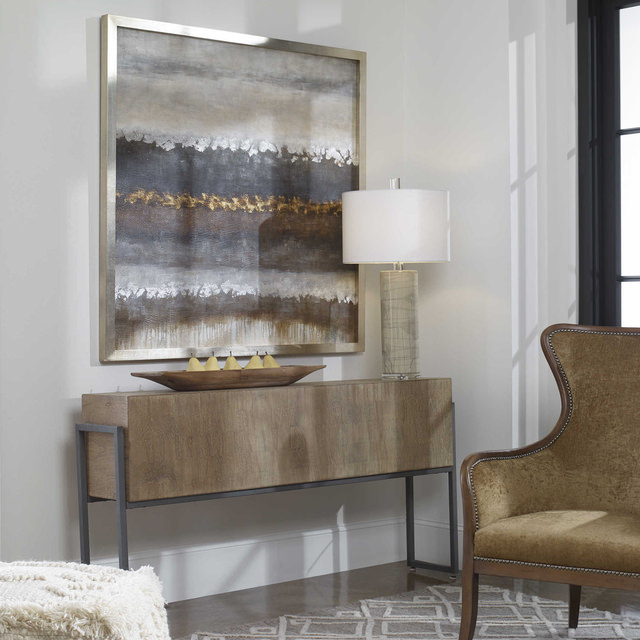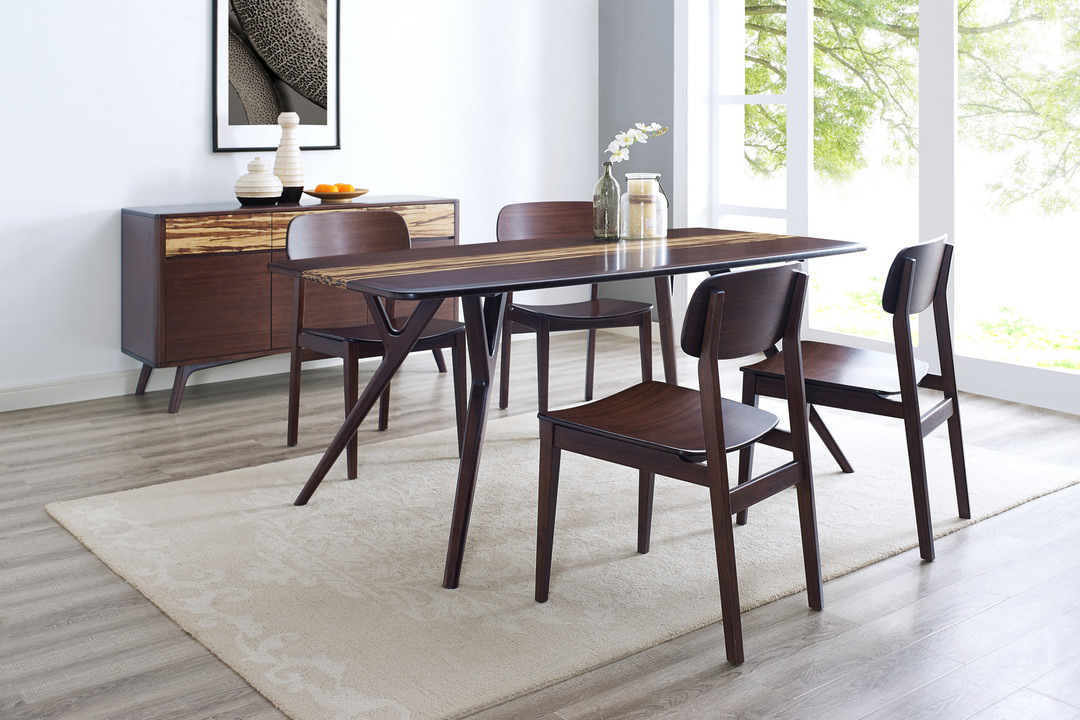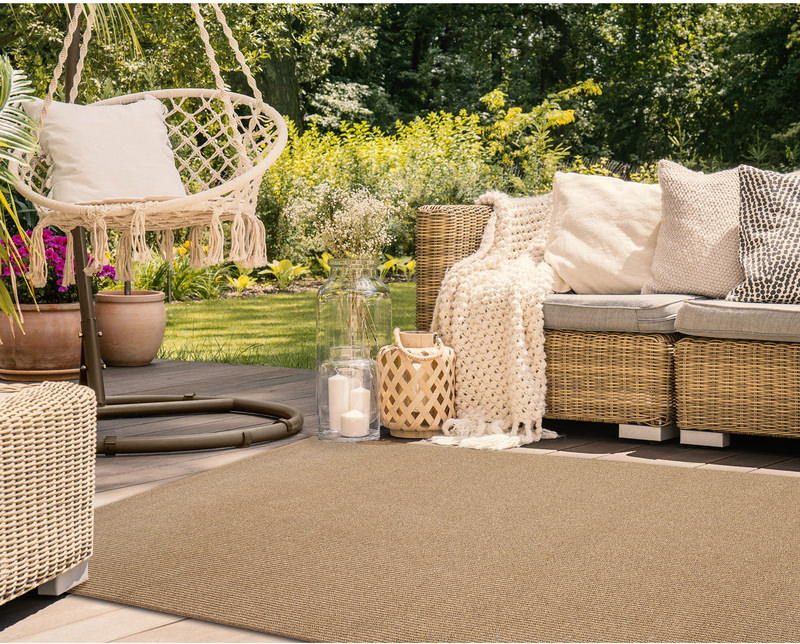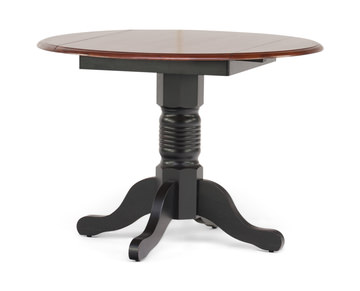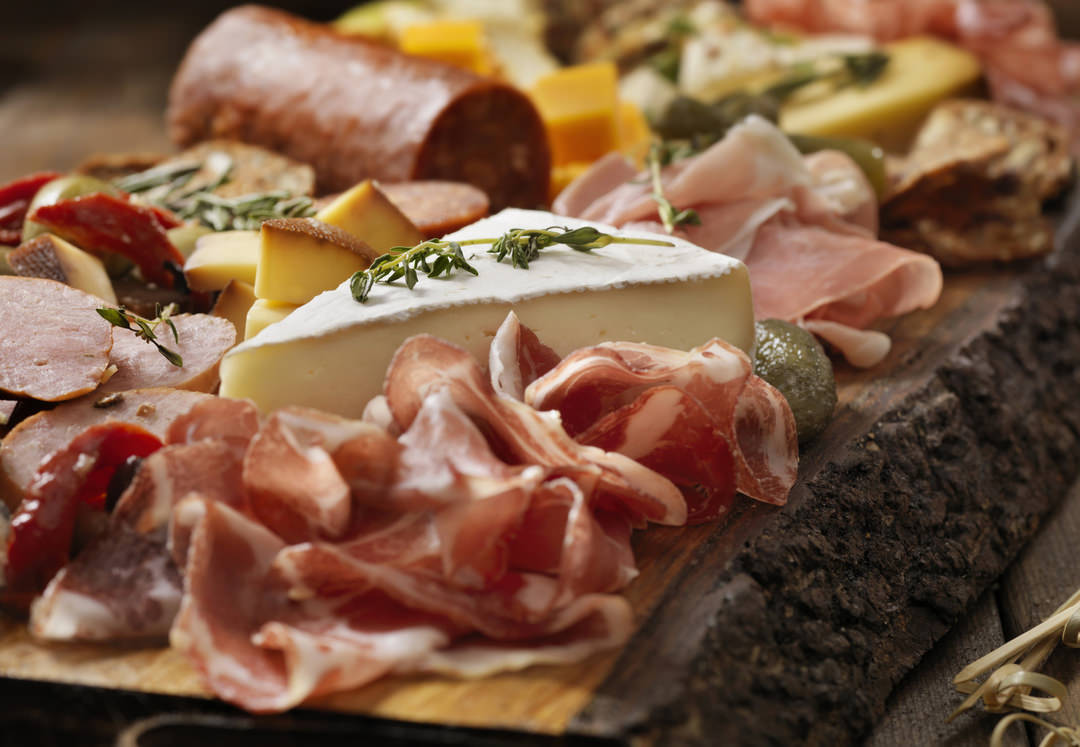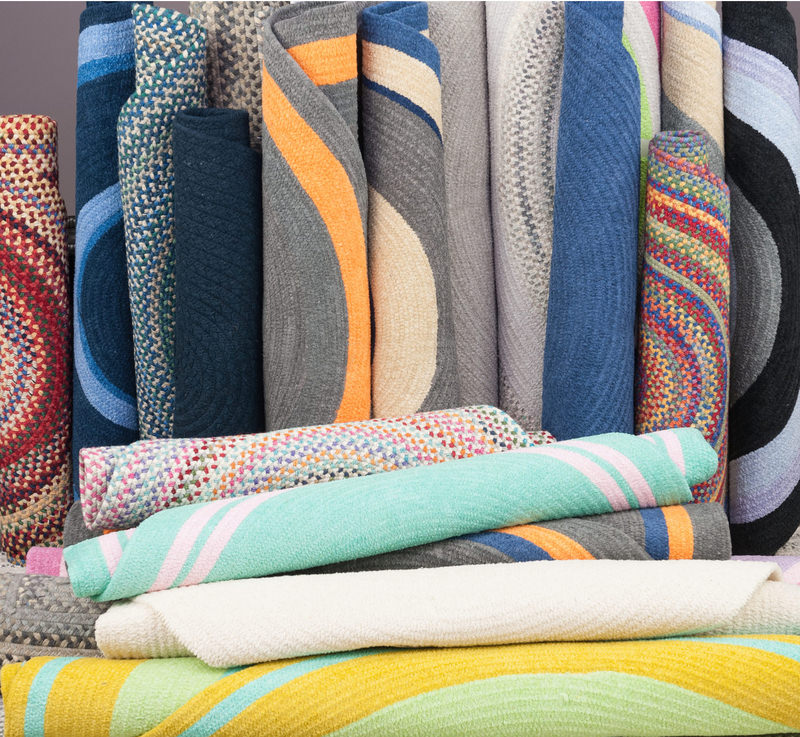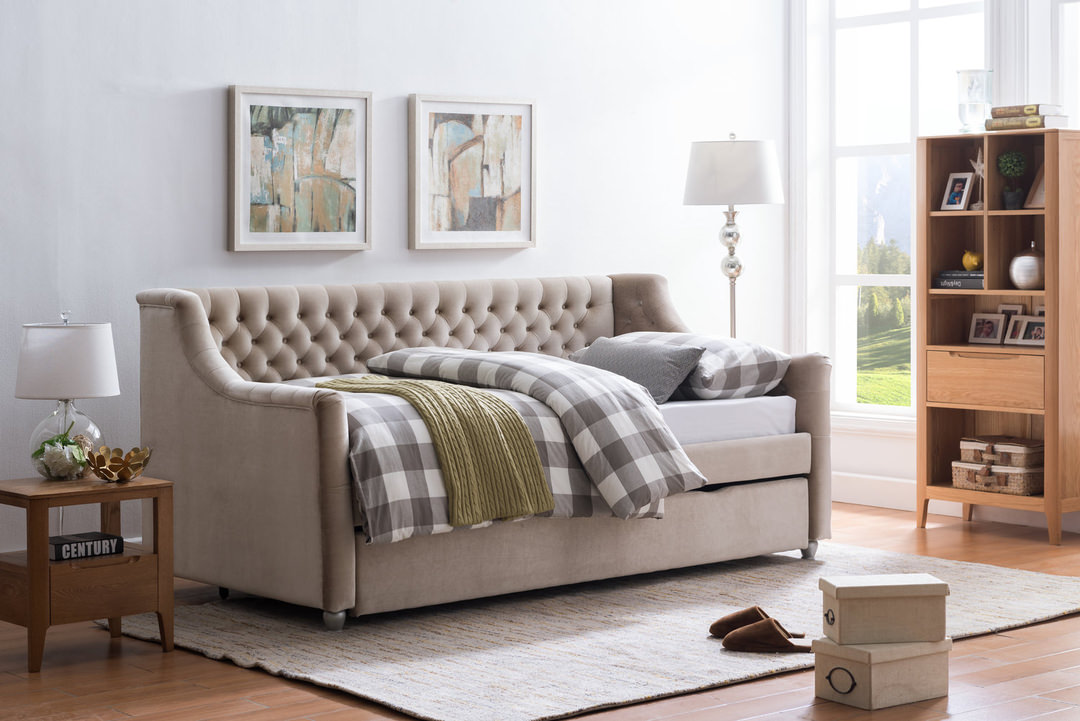Extendable Tables x Three
Seat your family and guests with these three versatile types of expandable tables.
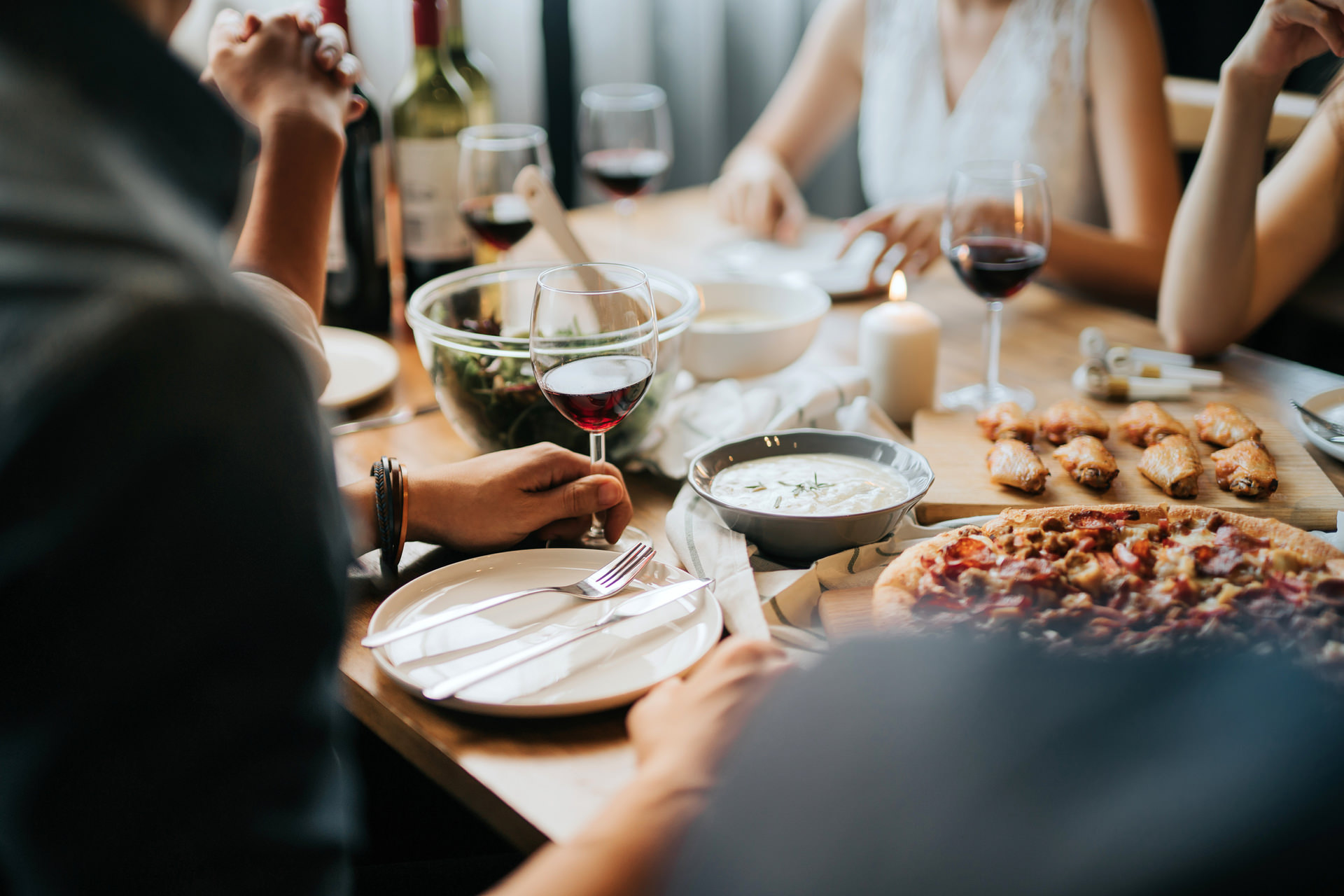
What could King Arthur's Knights of the Round Table do if they needed to add a few seats? Maybe they would have ordered the royal carpenter to build a bigger round table. A more practical idea, however, would be to cut the table in half and drop a leaf in the middle, making it an extended oval table. If membership dropped they could take the leaf out and have a round table once more.
As far as we know, the history of the extendable table doesn’t go back to the time of Arthur, but they have been around since at least the 1800s. They’re designed to meet a practical need, and while most of us are familiar with the formal extendable dining table set that gets an extra leaf or two for Thanksgiving dinner, there’s more to these tables than you might think. There are three types to choose, and each has its advantages.
Why might I select an extension table?
The most obvious reason is that a six-foot dining table or similar size standard dining table isn’t large enough for your special occasions. You could buy a bigger table, but maybe your room looks and feels too small with an oversize table stretching wall to wall. You could supplement your standard table with accent tables, card tables or other secondary tables stretched end to end, or you could designate a “kids’ table” off to one side of the room.
However, with an extendable dining table, everyone gets to sit at the “big people table.” The table goes back to its more modest size when the party’s over. These expansion tables aren’t just for holidays. You can stretch them out for homework, hobbies, game nights and last-minute guests.
They’re not limited to the dining room either. You can use them in the kitchen. There are accent tables suitable to bedrooms and dens. Even extension patio furniture is available. It’s amazing how flexible this ingenious item can be.
Which extendable table is right for me?
It depends on what you want to do with your space, how often you plan to extend the table, and your design and convenience preferences. There are different methods of extension, various sizes and shapes, and a variety of styles.
Three Types of Extendable Tables
The traditional extendable table pulls apart, and you insert one or more leaves into the middle. To install the leaves, you pick up the ends and pull the table apart. It’s hard to do without two people. Sometimes the leaves store underneath the tabletop, but often you have to keep them somewhere else such as under a bed for storage.
The butterfly leaf table gets its name from the folding leaf that looks like a butterfly when it emerges.
To extend this table, you slide the tabletop rather than moving the entire table. It’s an easy job for one person. The extended top reaches past the legs. The butterfly leaf is attached to the table so you never have to store it and can’t misplace it.
The drop leaf table has a hinged leaf on each end that can be either raised or lowered. There is also a gate leg table, which features a leg that swings out and supports the leaf. You can position drop leaf tables near a wall with one leaf dropped and the other raised.
There are also combination extendable tables with center leaves plus drops. The breadboard extension or refectory leaf table is a section that lengthens the table by attaching to the end.
Shape and Size
Square tables extend to rectangles, and rectangular tables convert to bigger rectangles. Round tables expand to ovals, and oval tables become bigger ovals. Oval tables look smaller and in fact are smaller, making the room look bigger and affording more space to walk around them. There are generously sized tables for the dining room and medium sized for the kitchen. Kitchen tables come in standard and countertop height. An expandable round dining table fits perfectly on a small enclosed porch or in a breakfast nook. Smaller square and round tables are suitable as accents in living rooms, rec rooms and bedrooms.
Style
An expandable table can fit almost any motif you already have, or they can be used as the start of your new design trend. There are formal, modern and contemporary styles. Some tables are wire brushed or distressed for either a rustic or an industrial look. There are even extendable trestle tables and, of course, metal examples such as patio tables.
Glide System
Traditional extendable tables and butterfly leaf dining tables need to slide when they pull apart, and the slides can be wooden or metal. Wooden slides won’t rust, but they collect dust and are the hardest to move. Metal slides are common on butterflies, and they sometimes have gearing so both ends move when you pull just one. Some metal slides have smooth and quiet ball bearings.
Where can I use an extendable table?
If you’ve read this far, you know the answer: just about anywhere. Don’t limit them to the dining room or the kitchen. A small drop leaf table makes a great accent anywhere in the home. And don’t forget your deck or patio. There are wrought metal extendable tables just waiting for that summer evening when neighbors stop by for dessert and a sunset.
Whether you’re choosing your new dining table, adding surface space in your den or laying out your new patio design, don’t forget the possibilities offered by extendable tables. It’s like getting two tables for the price of one.
Related Products
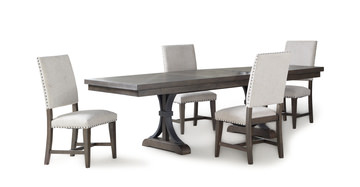
on order
